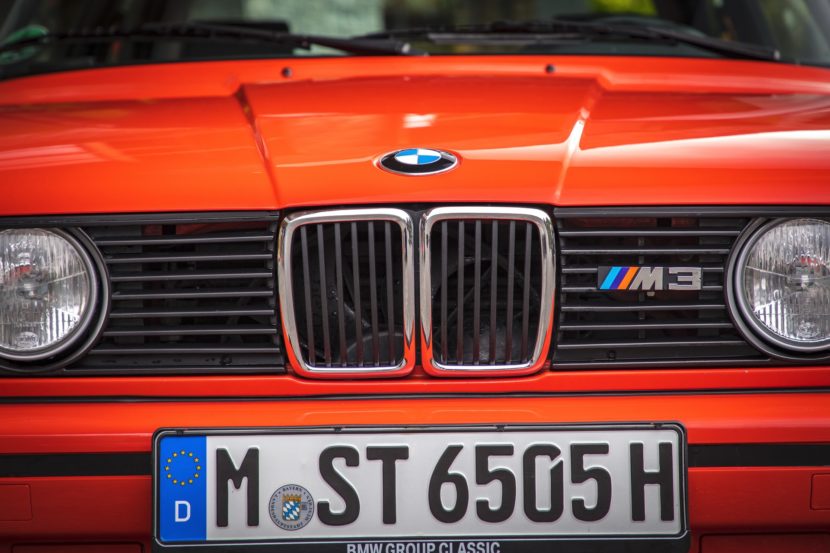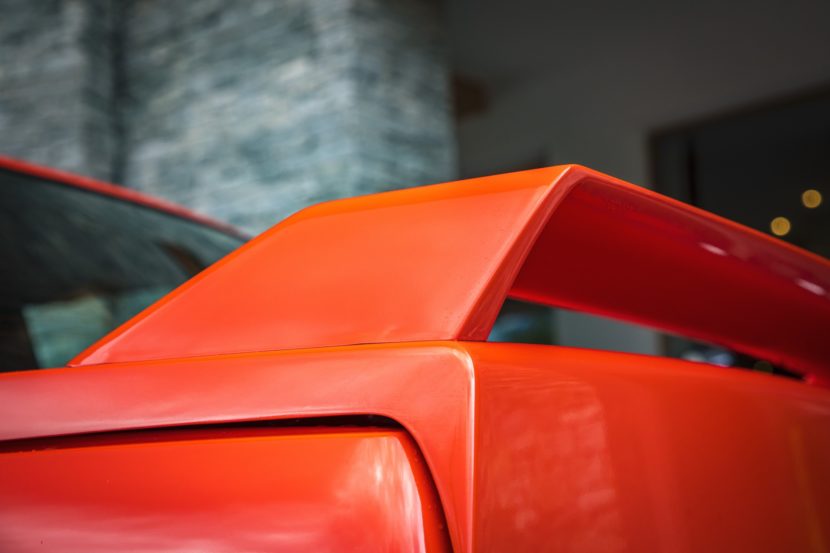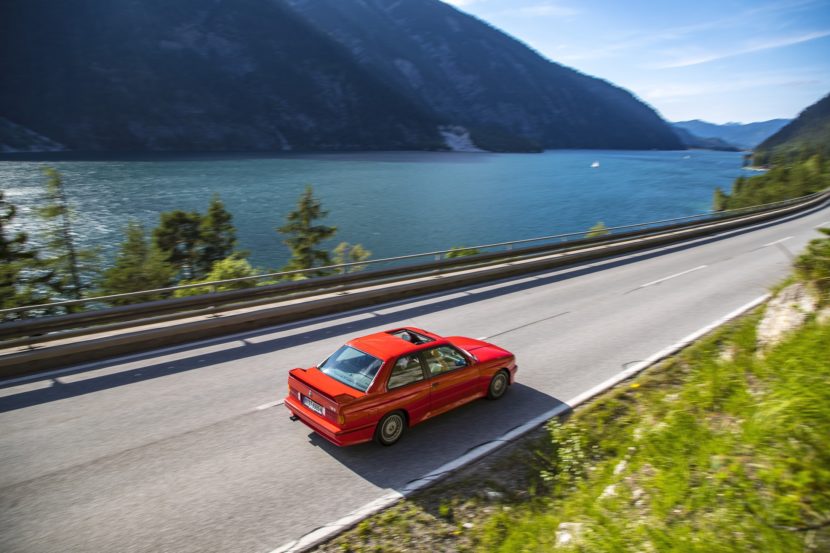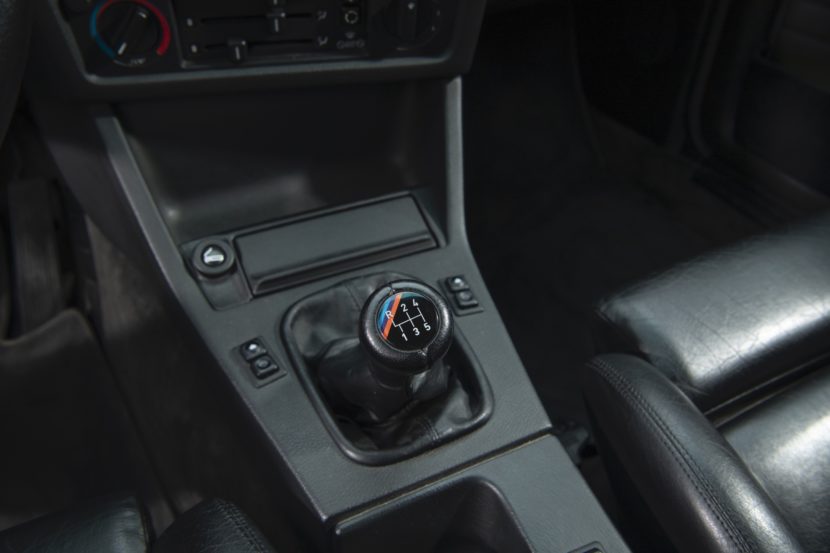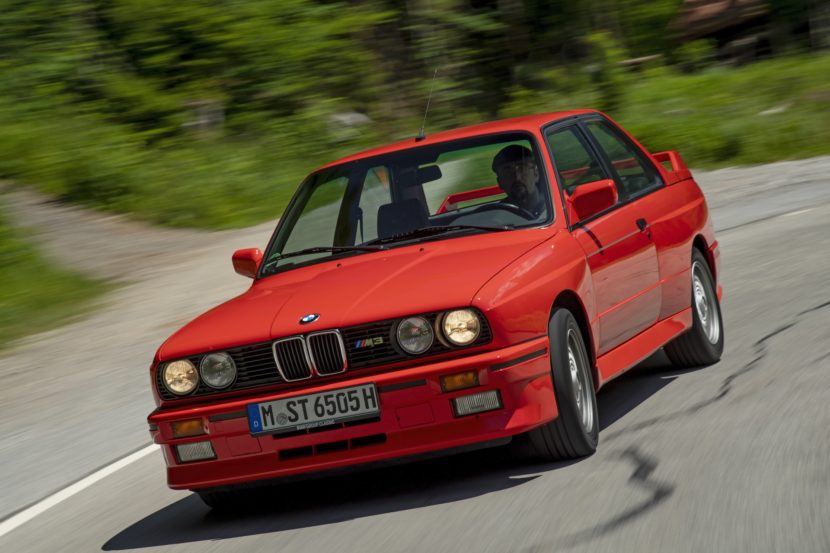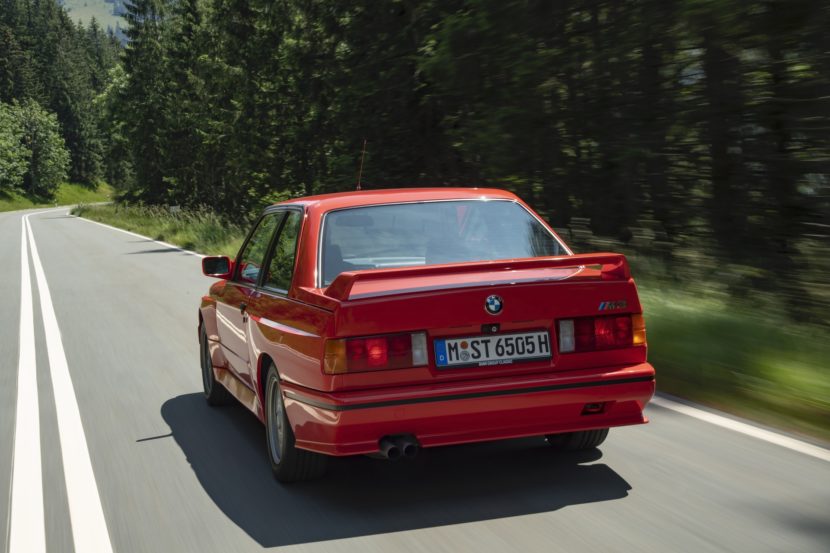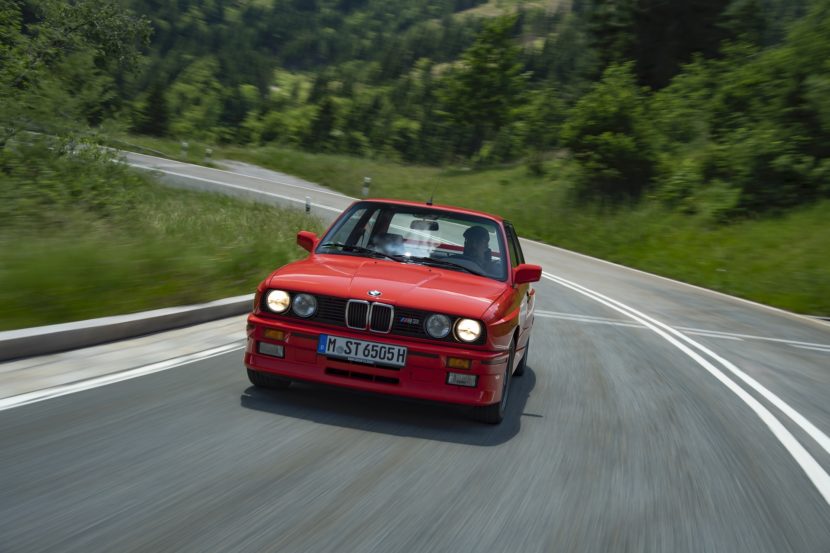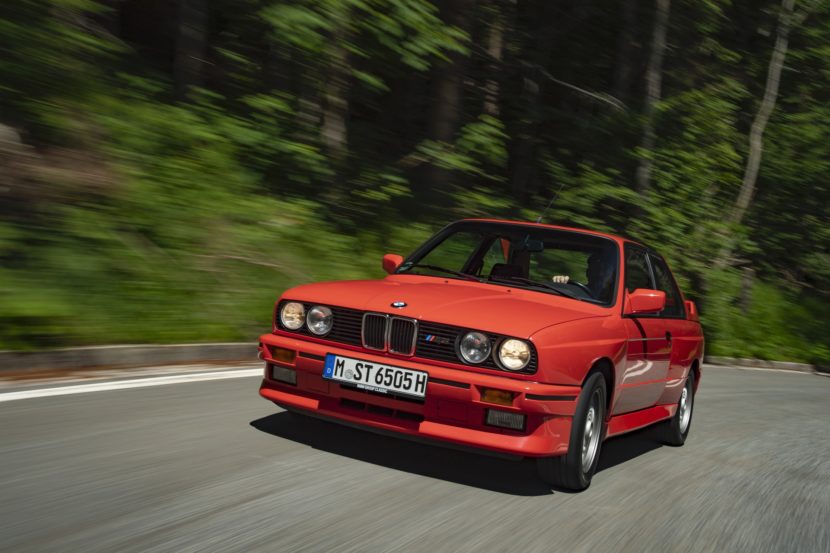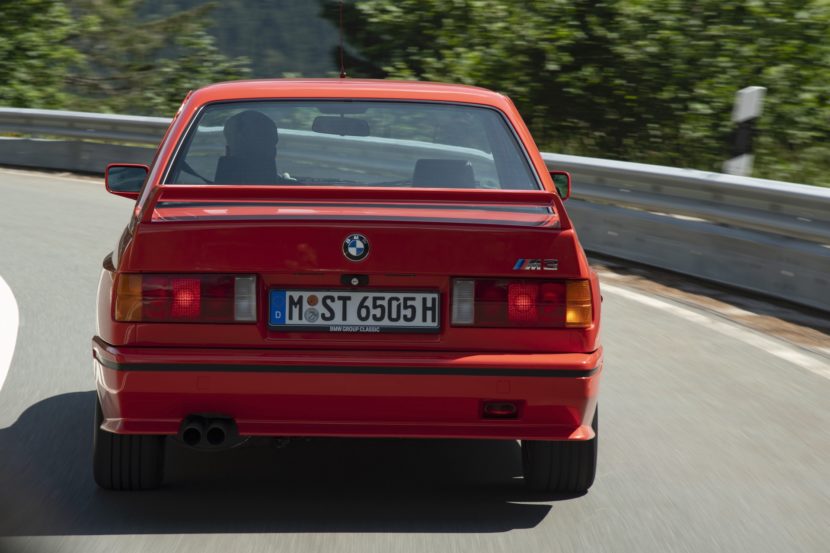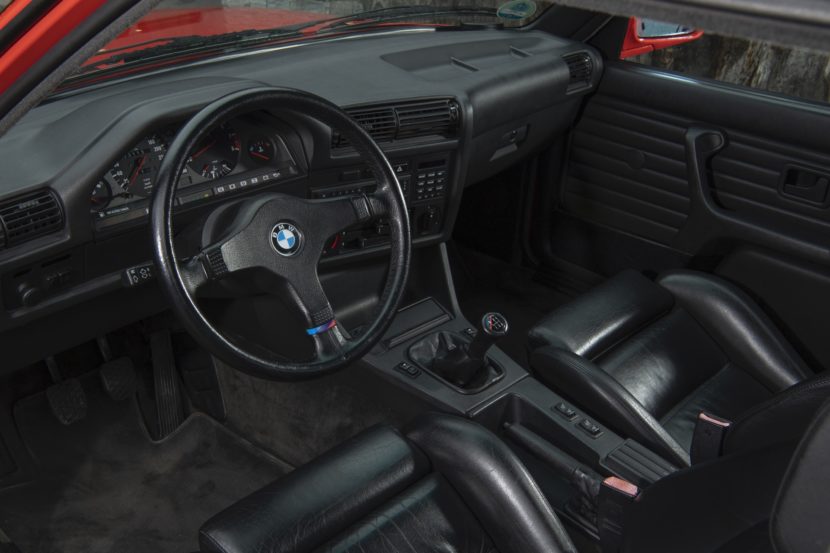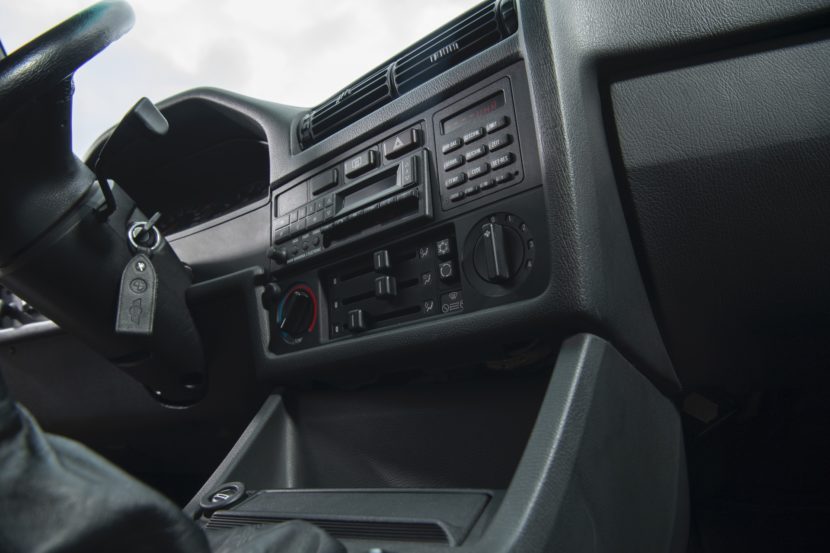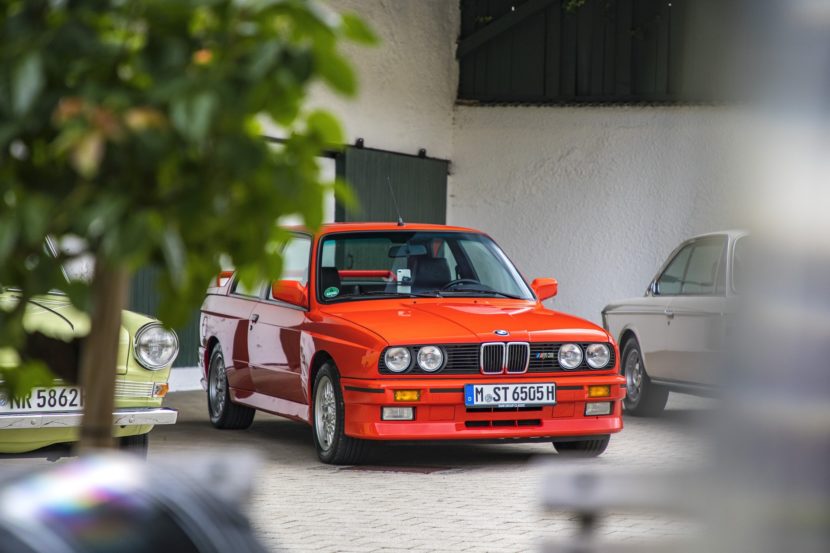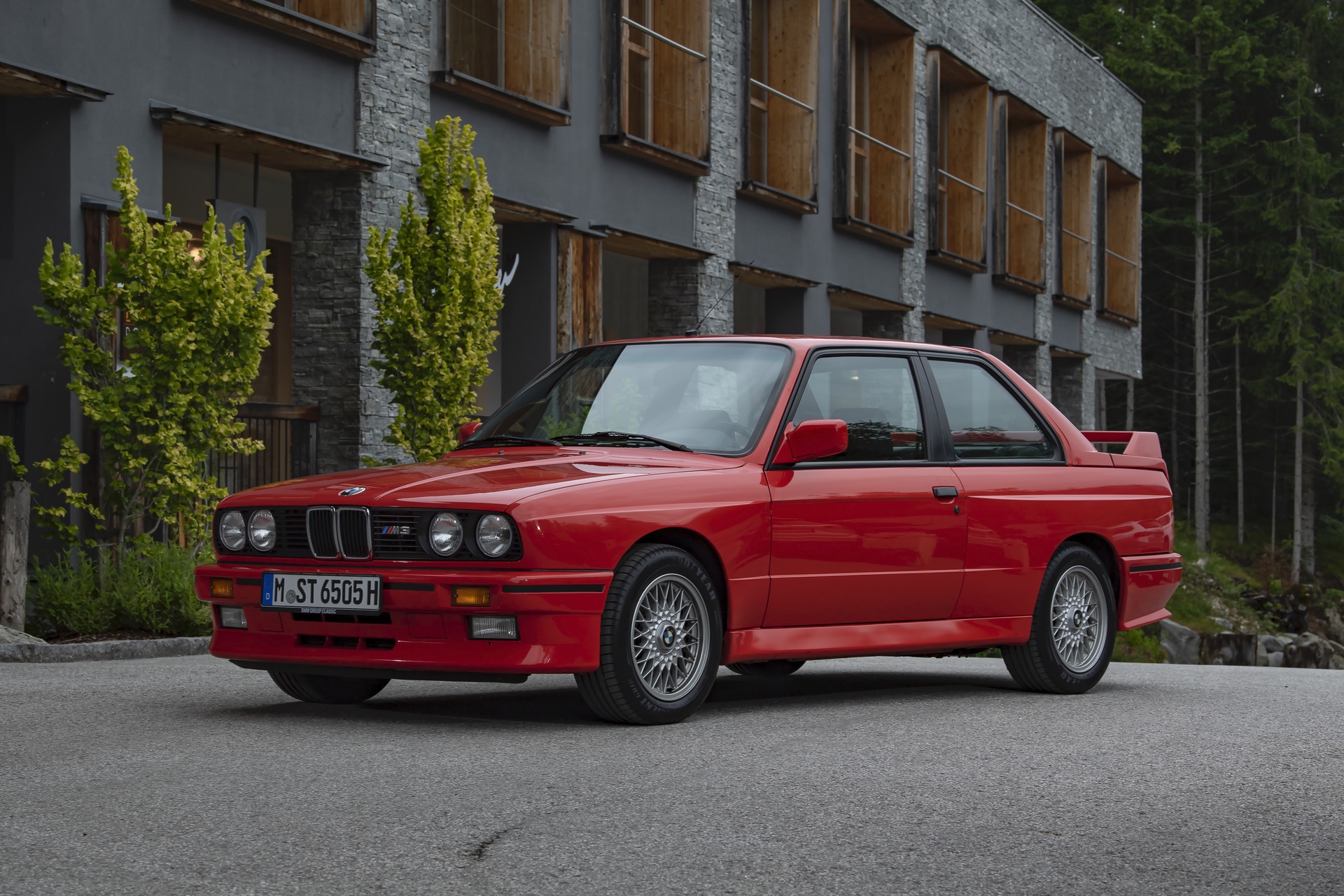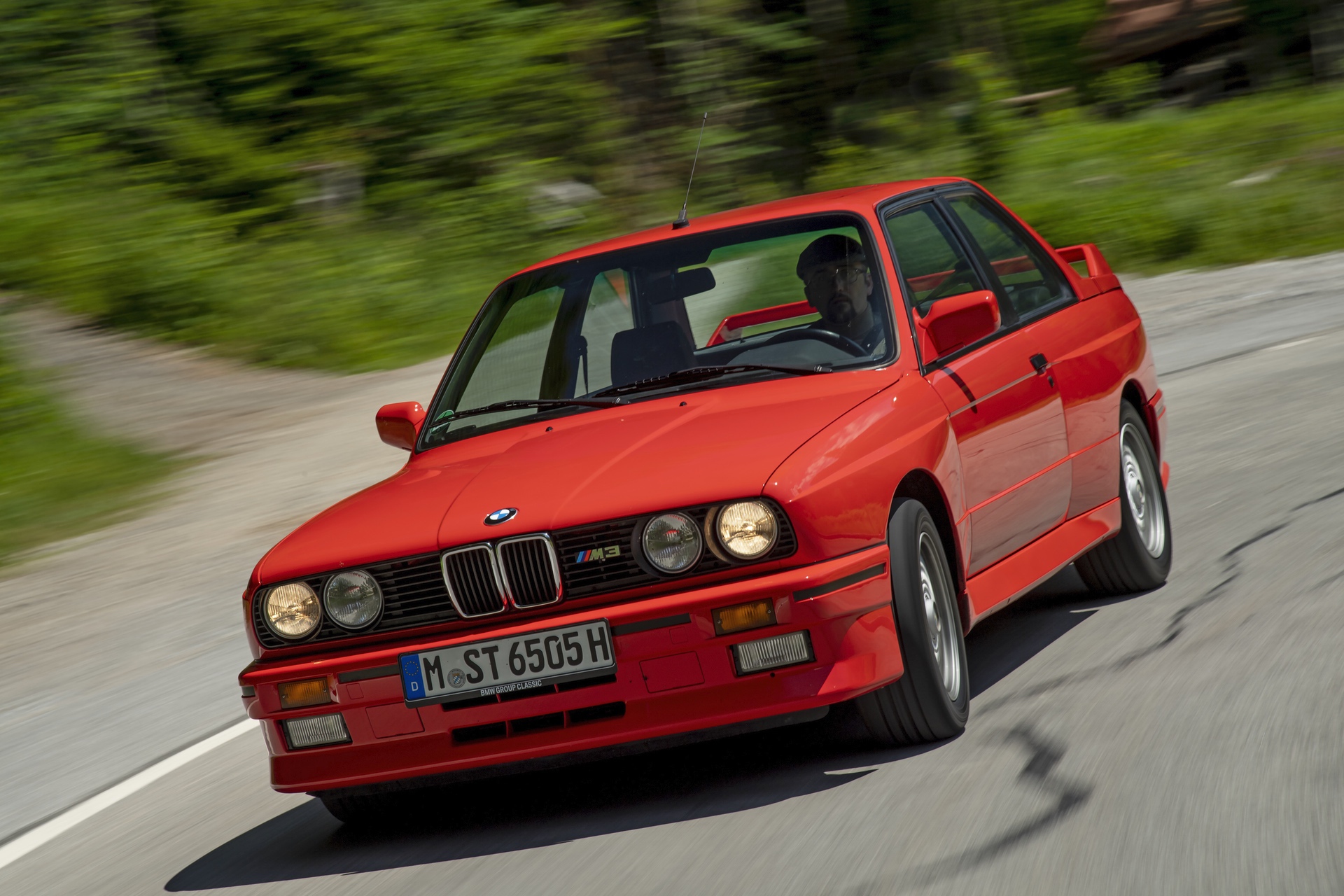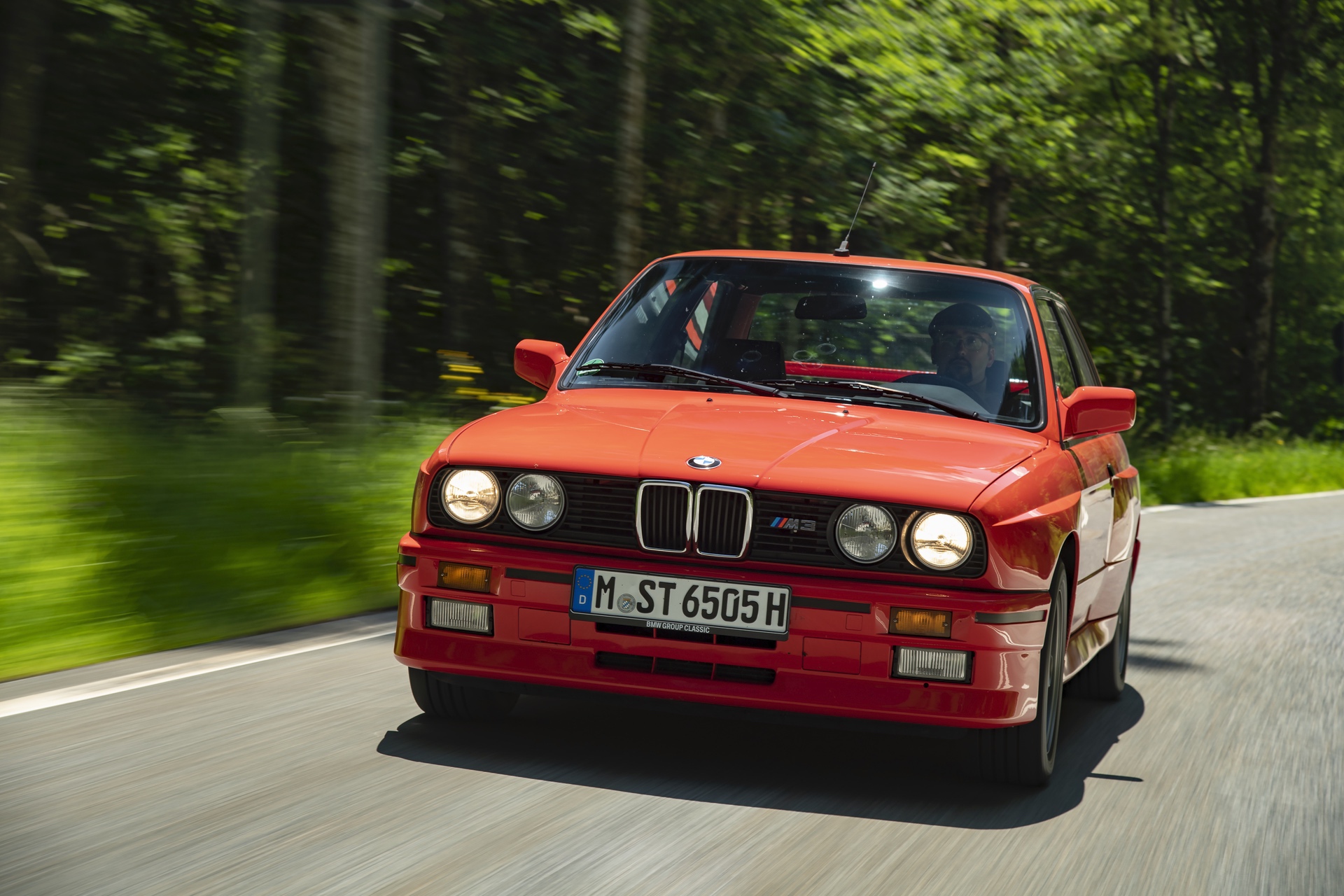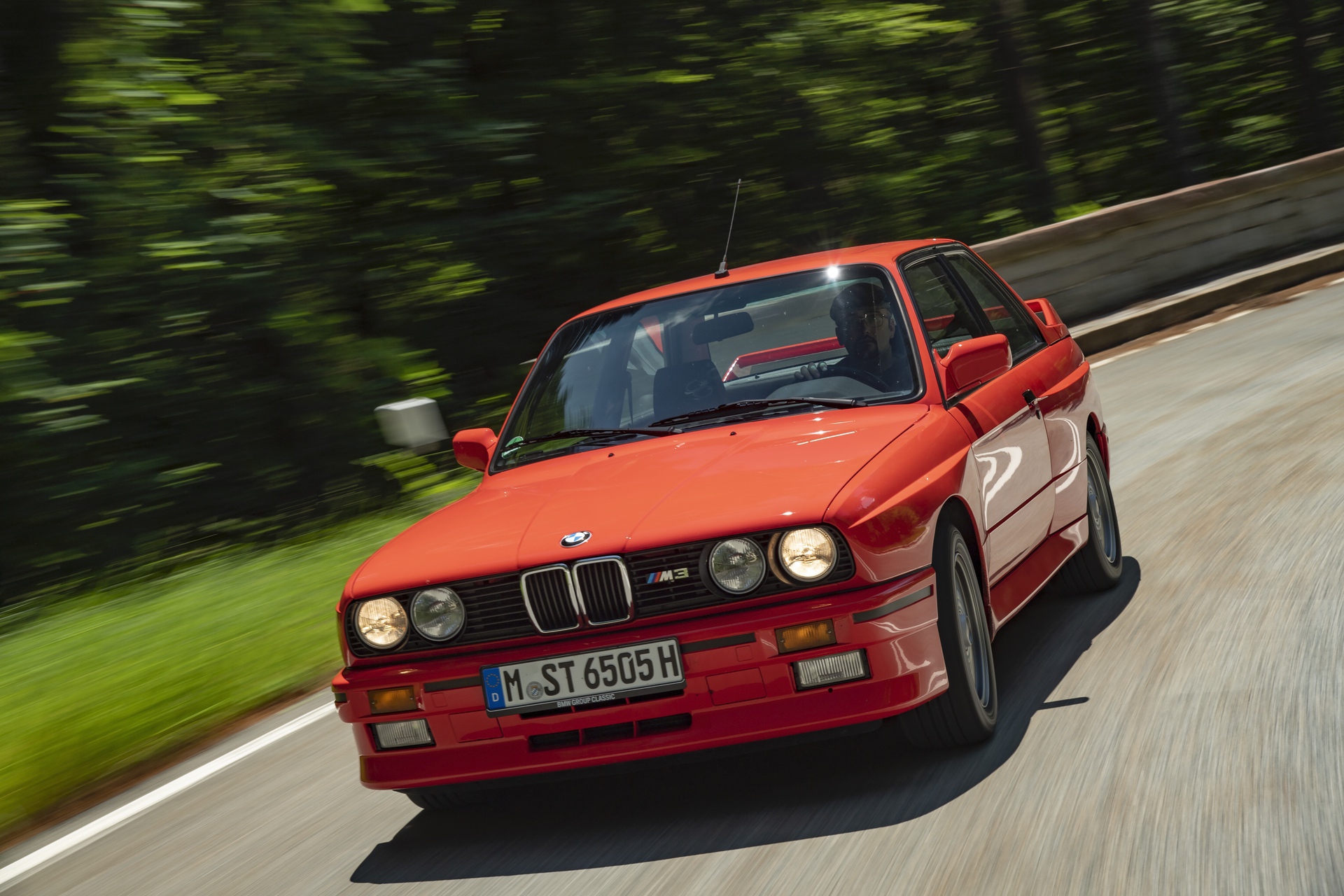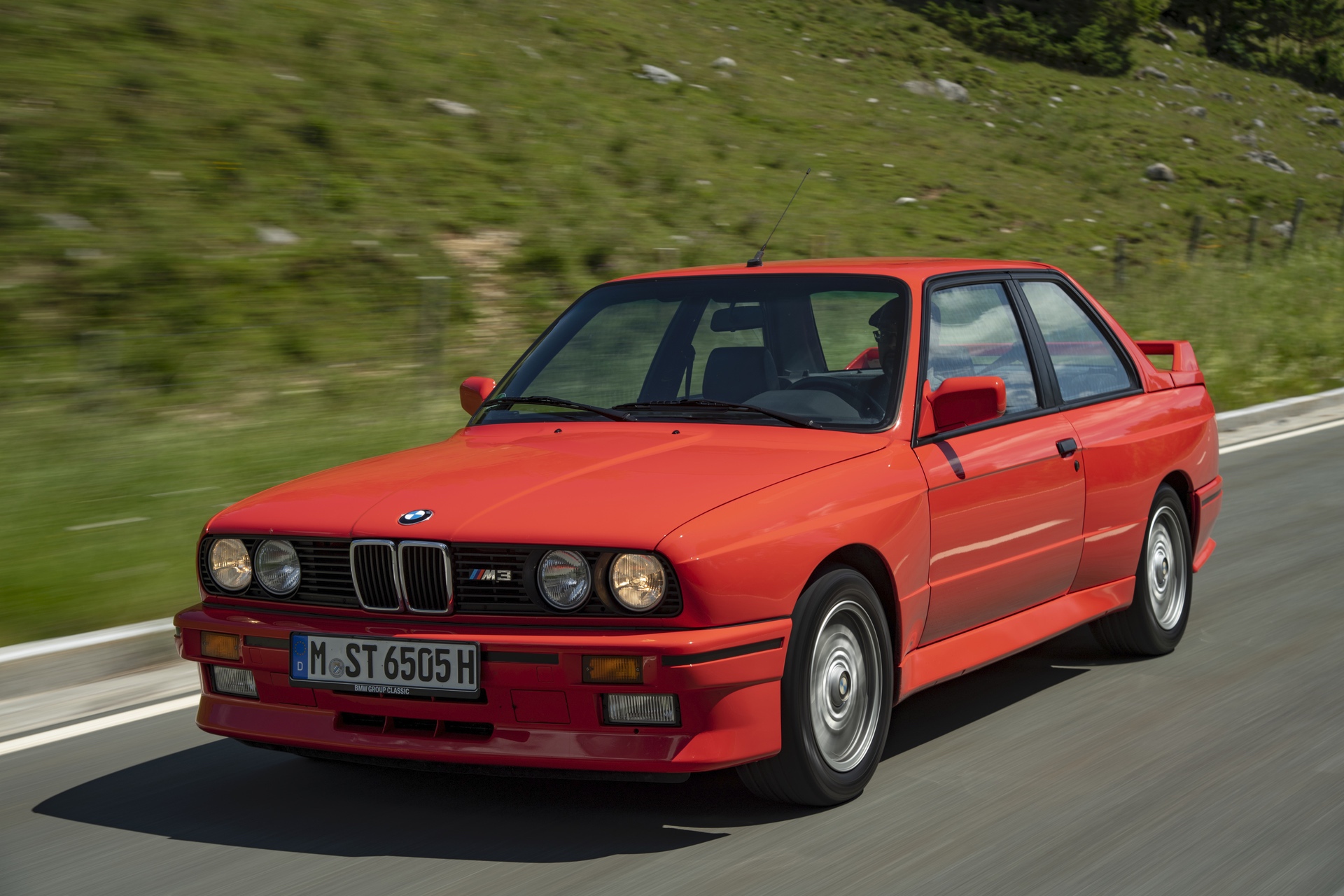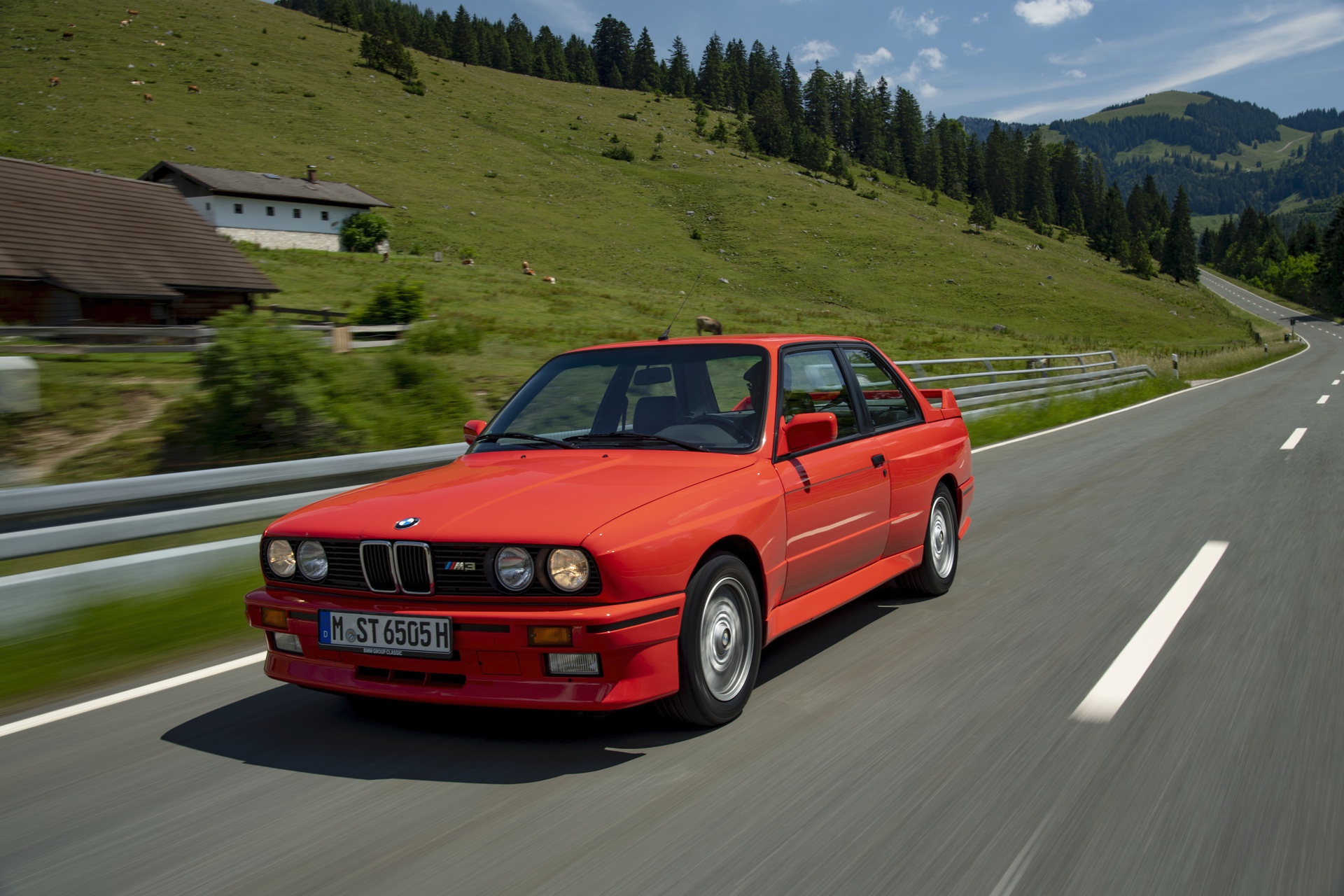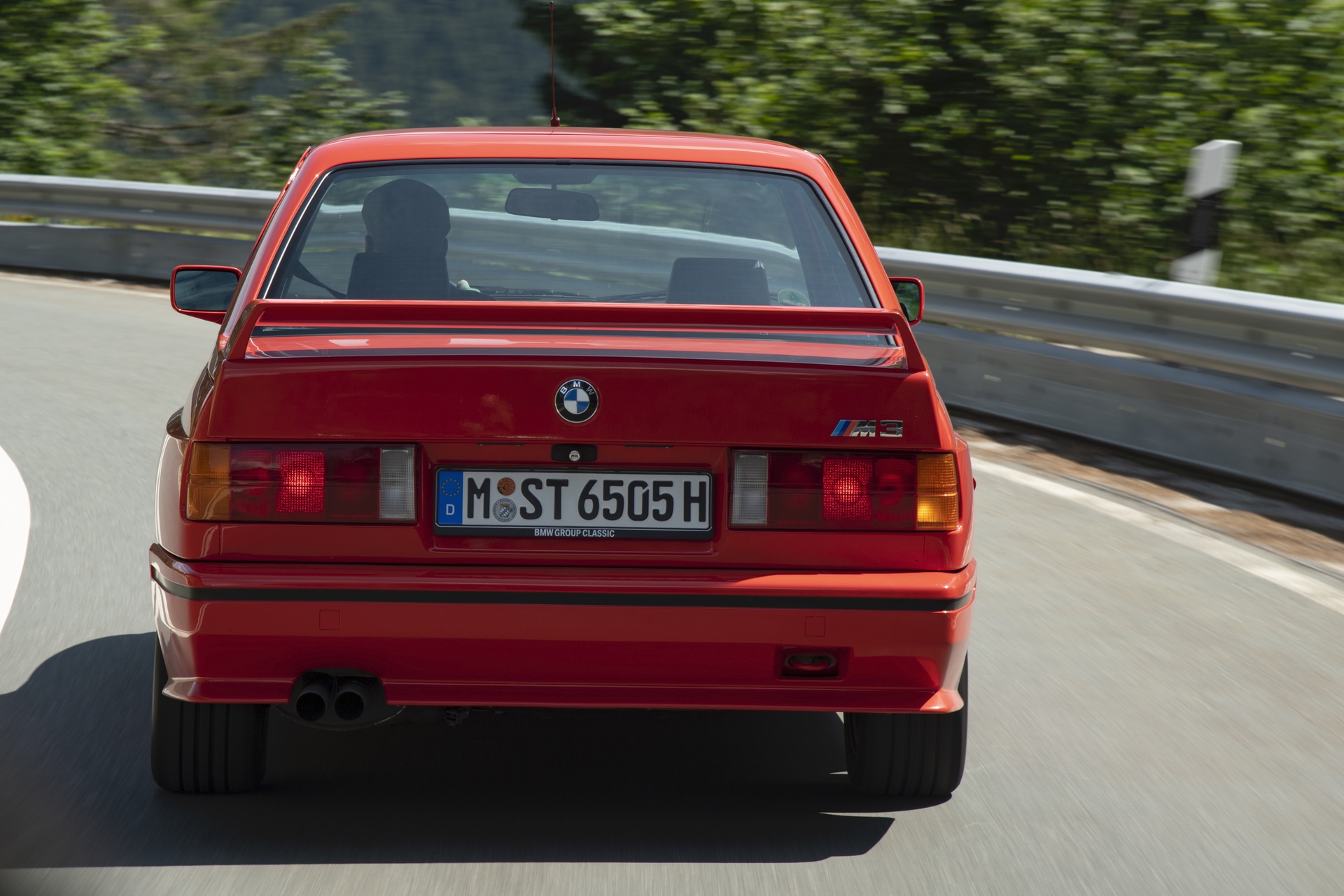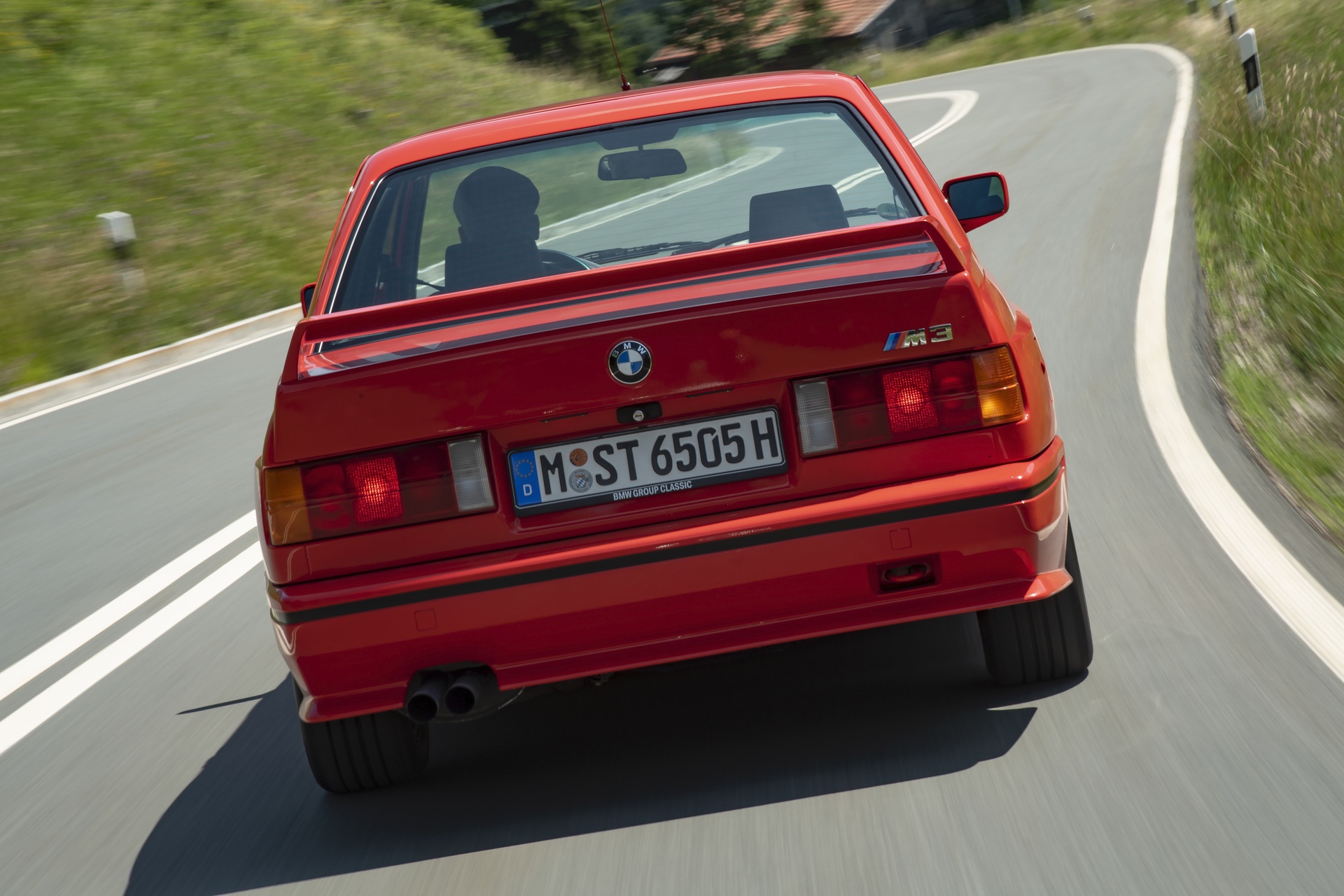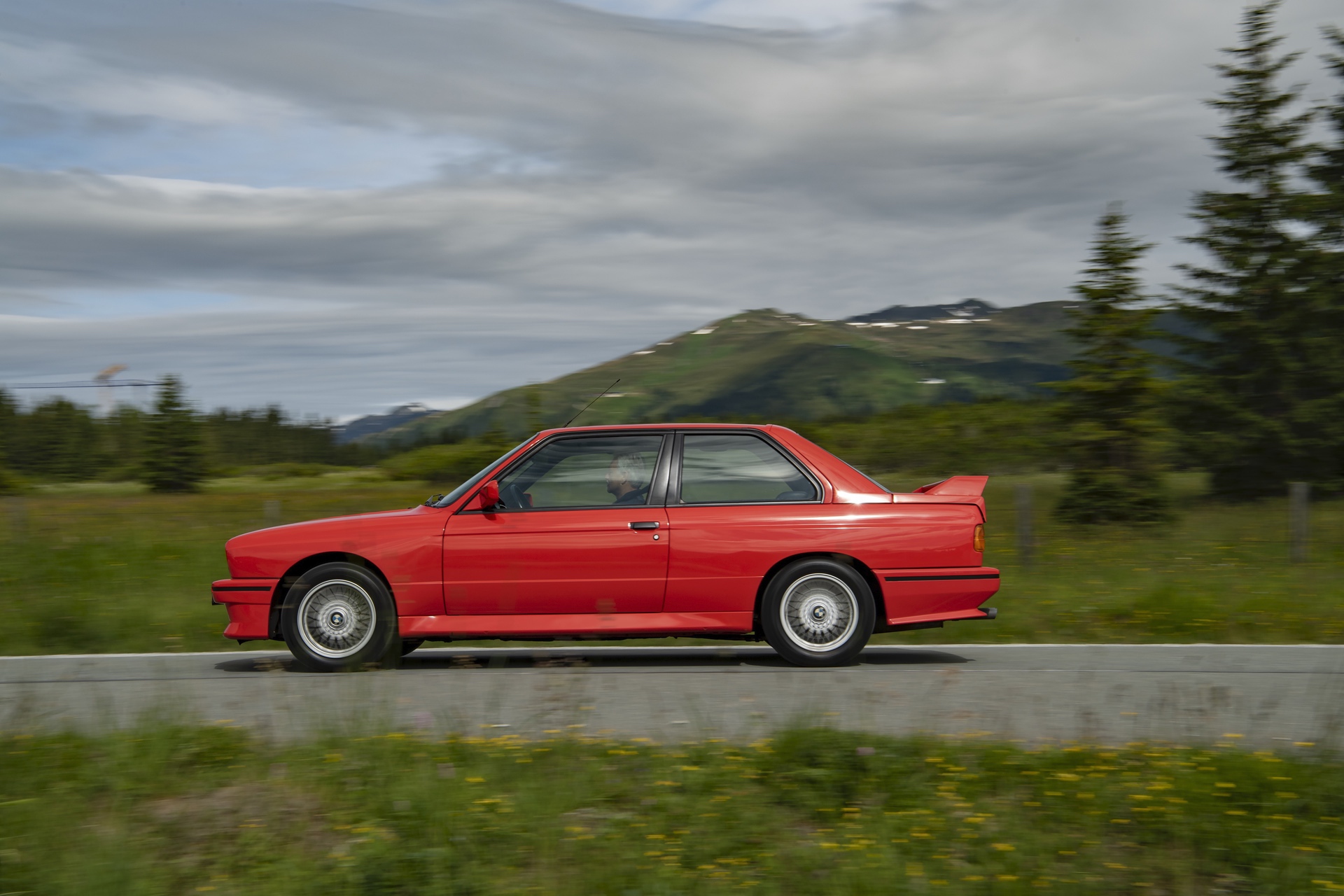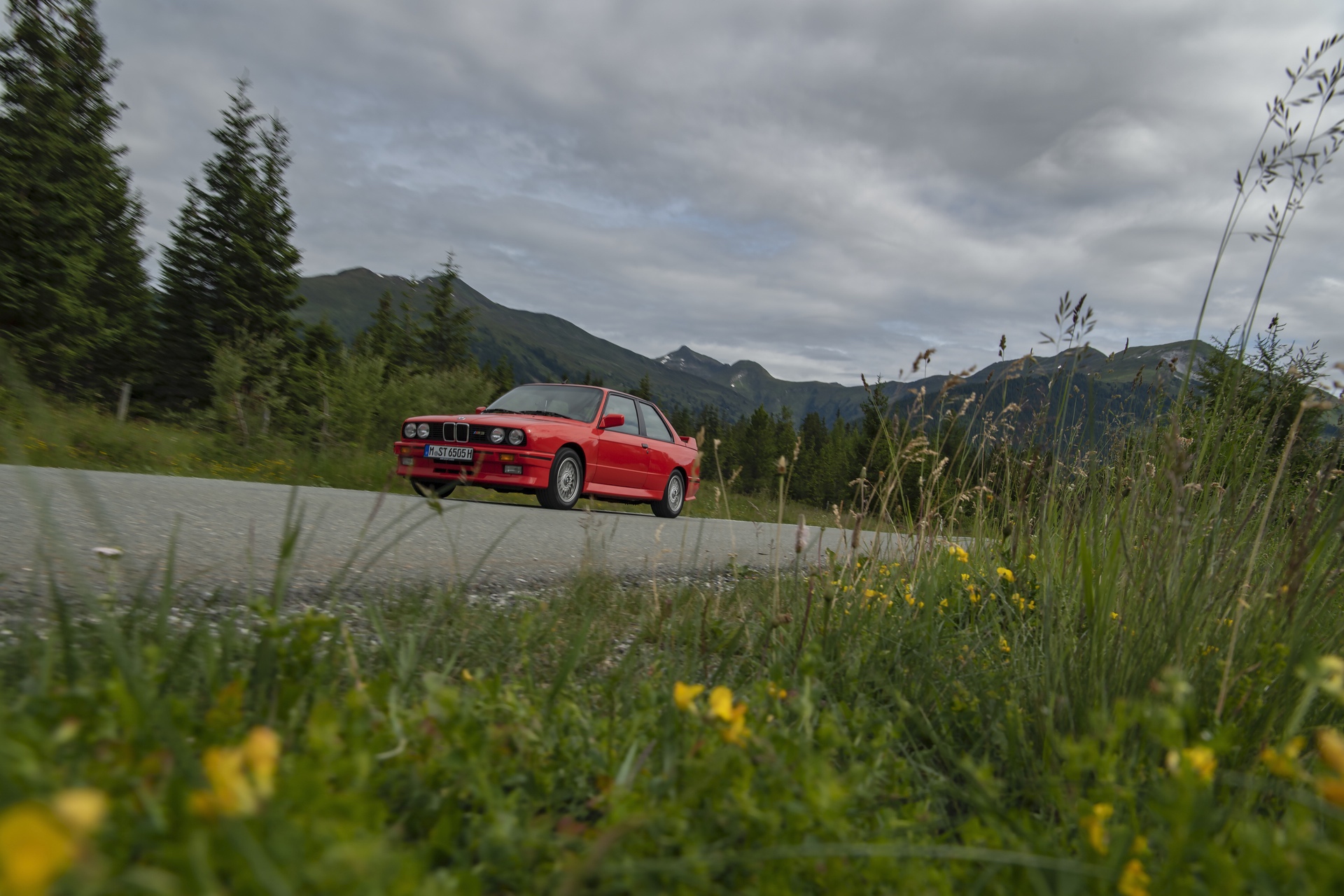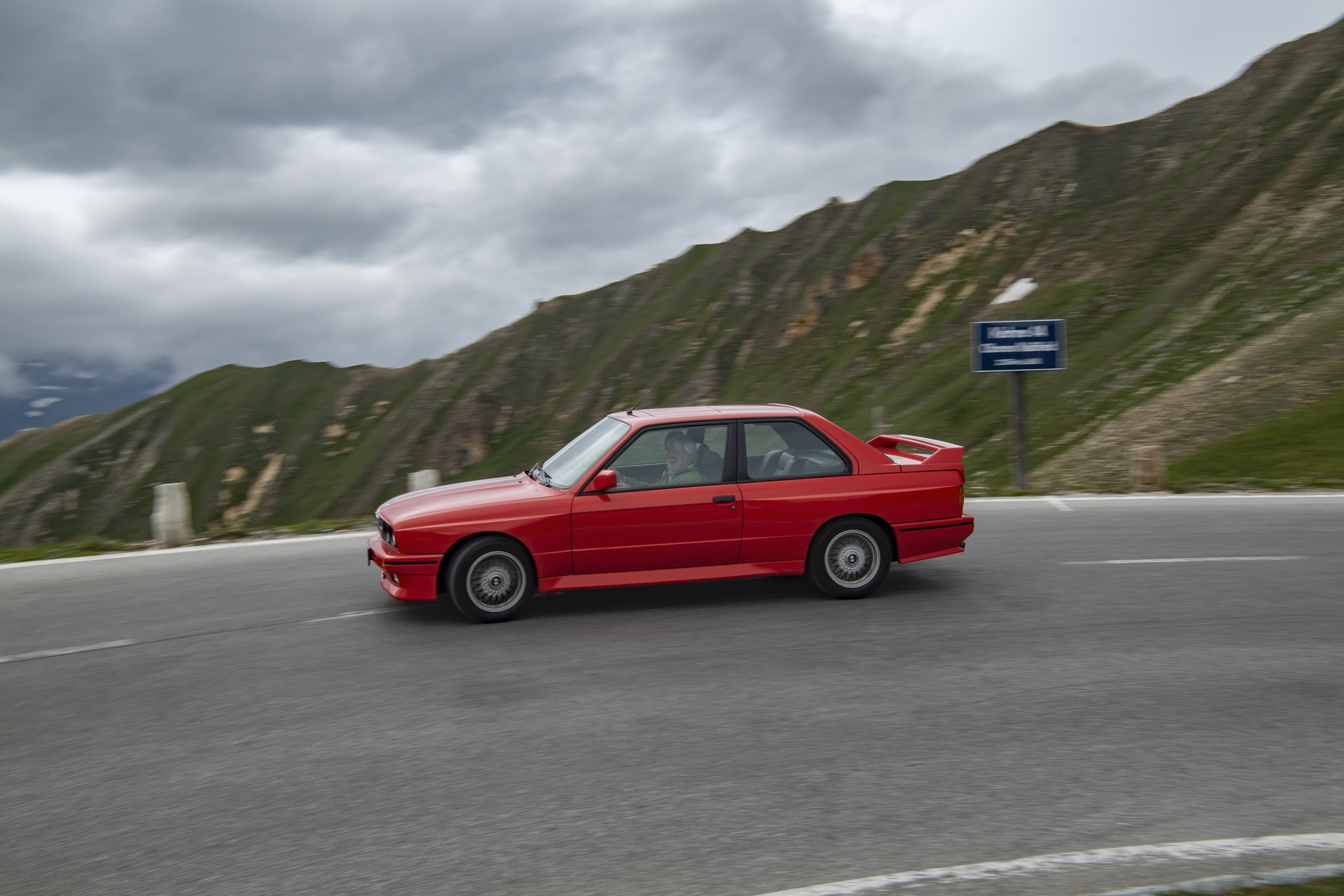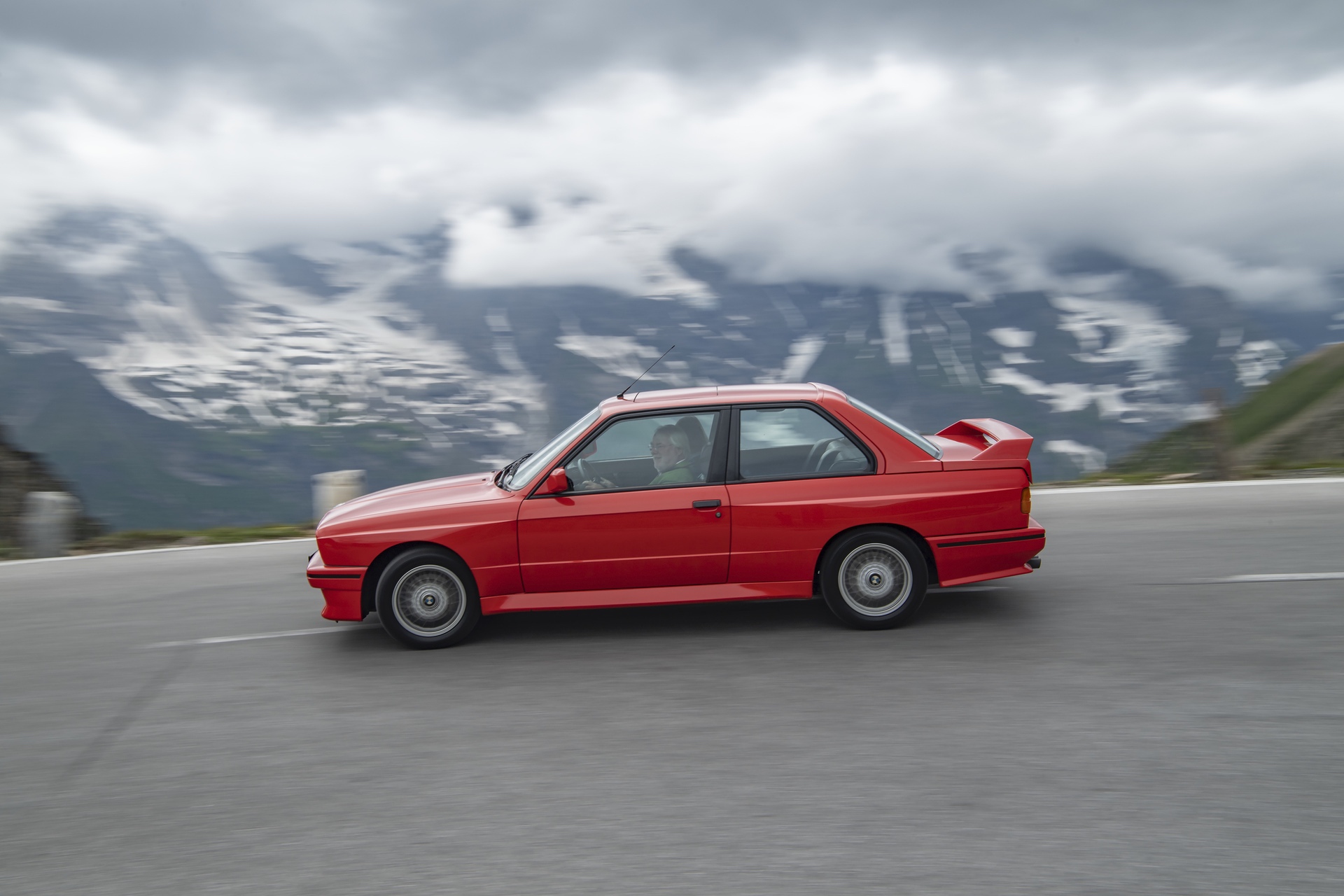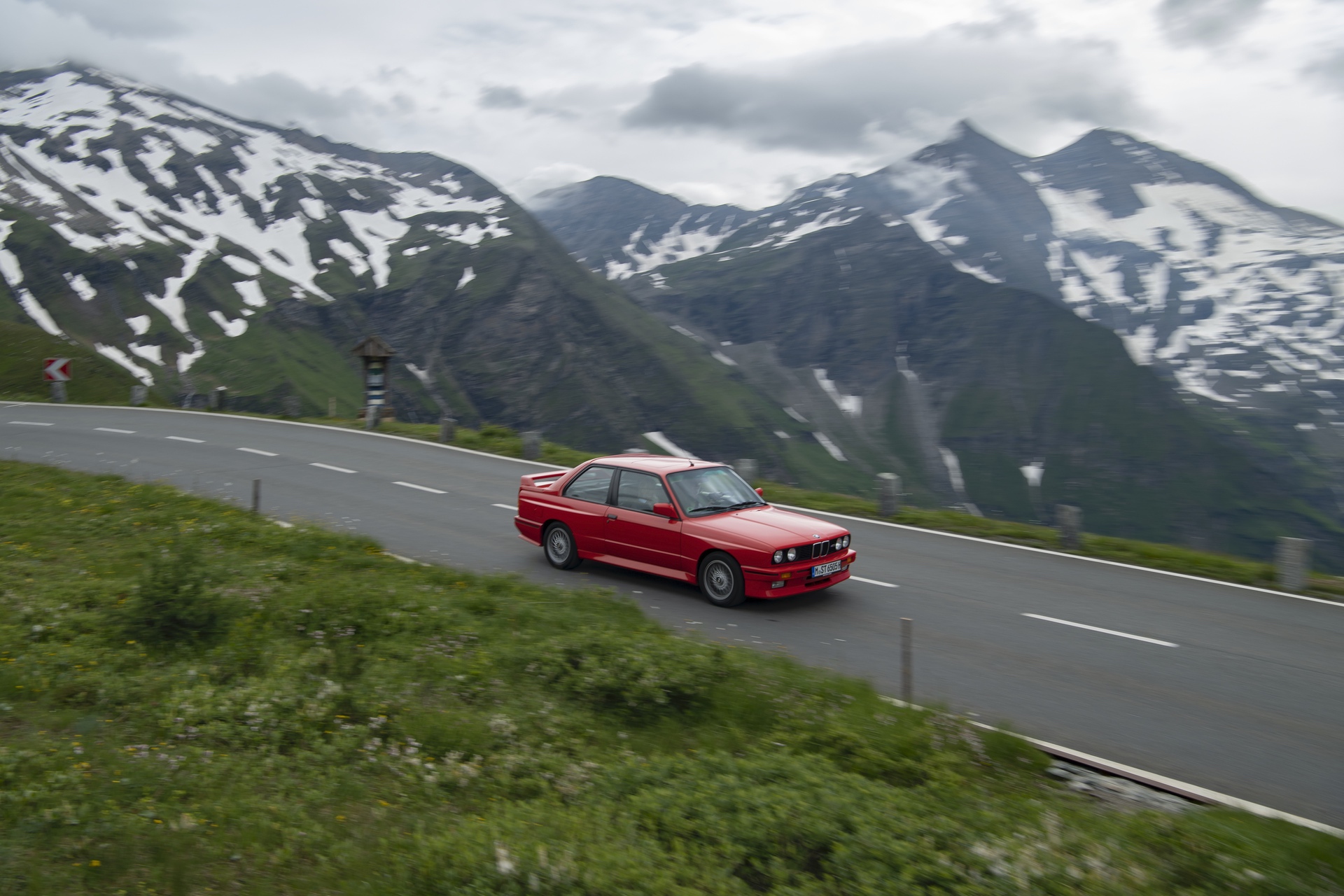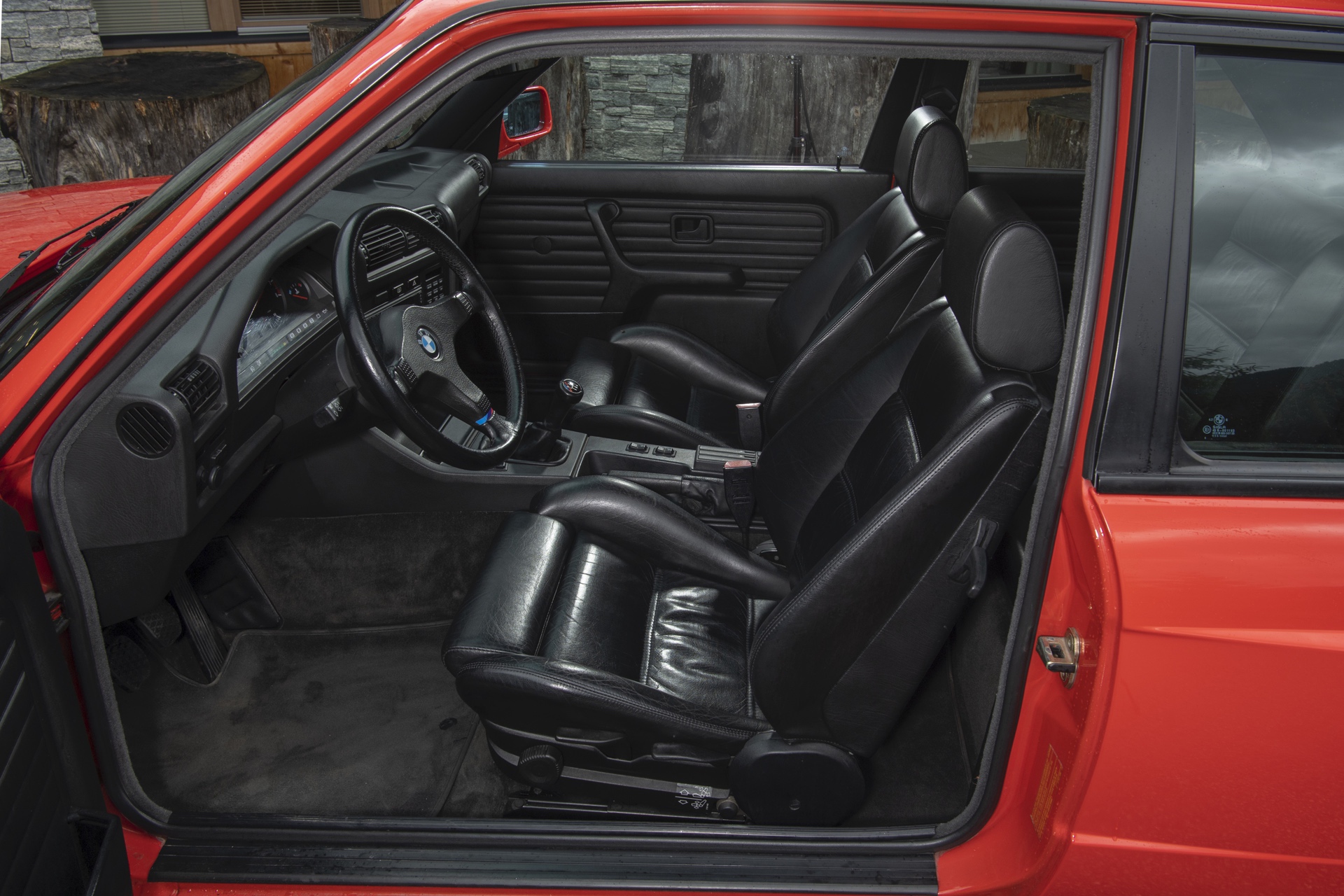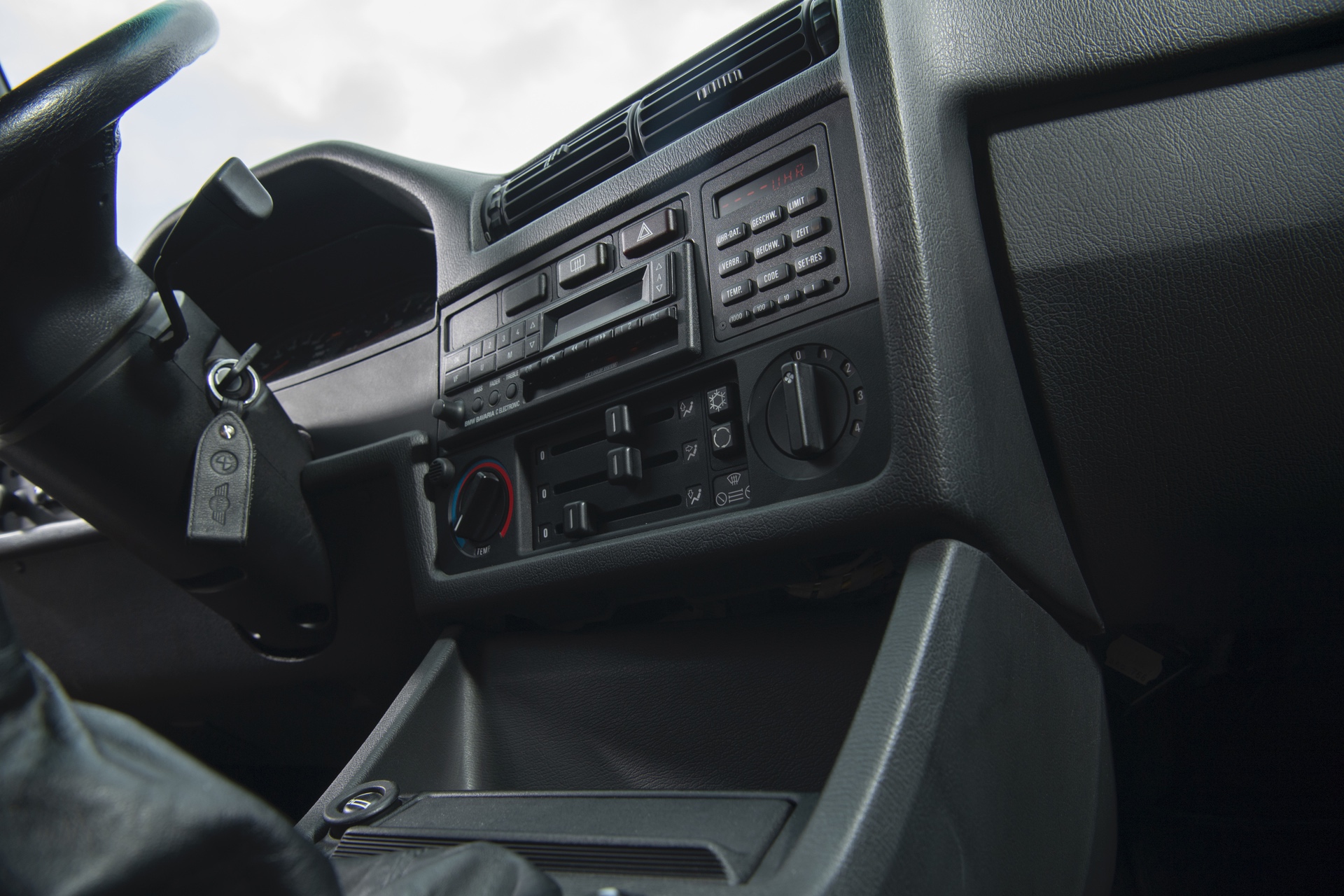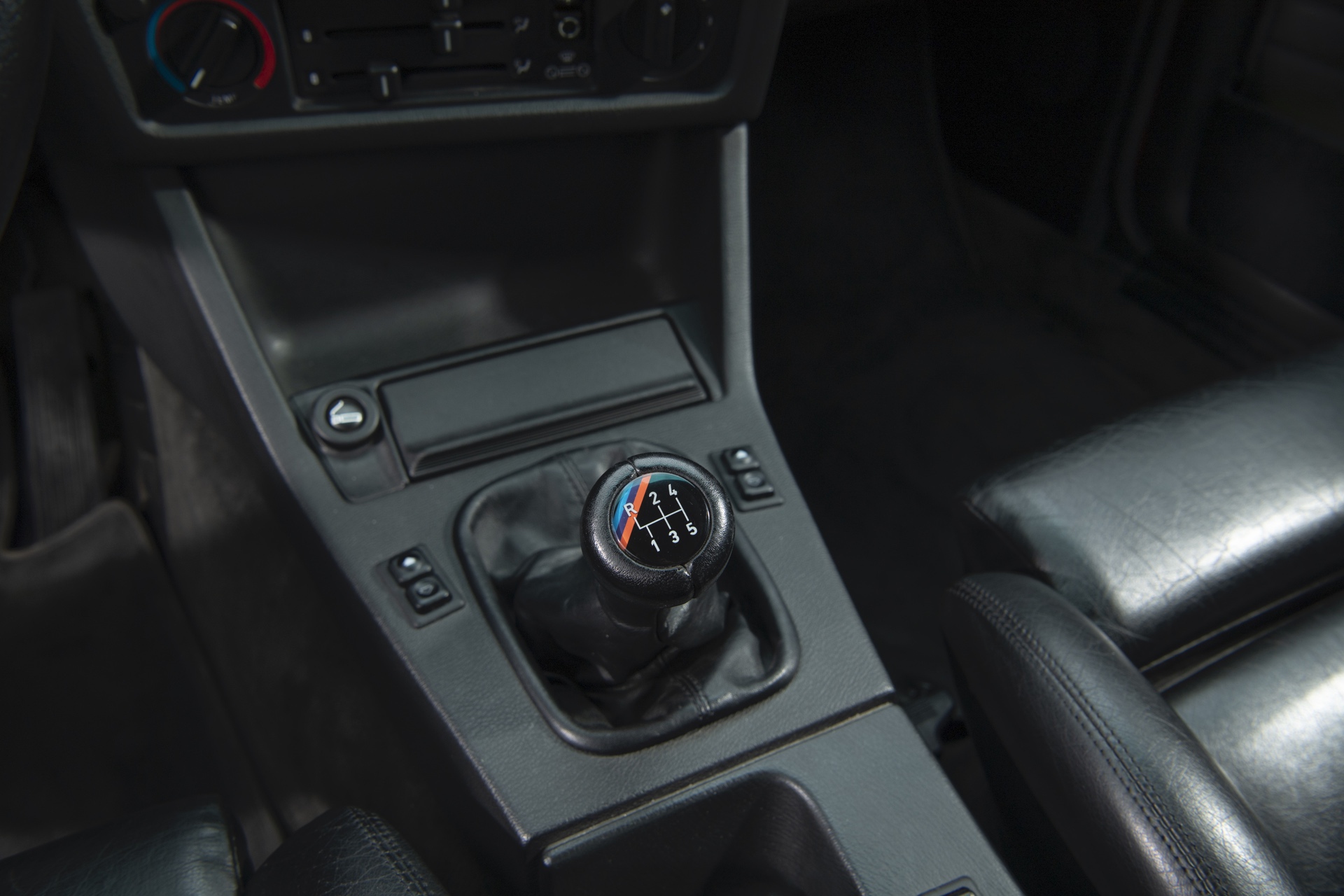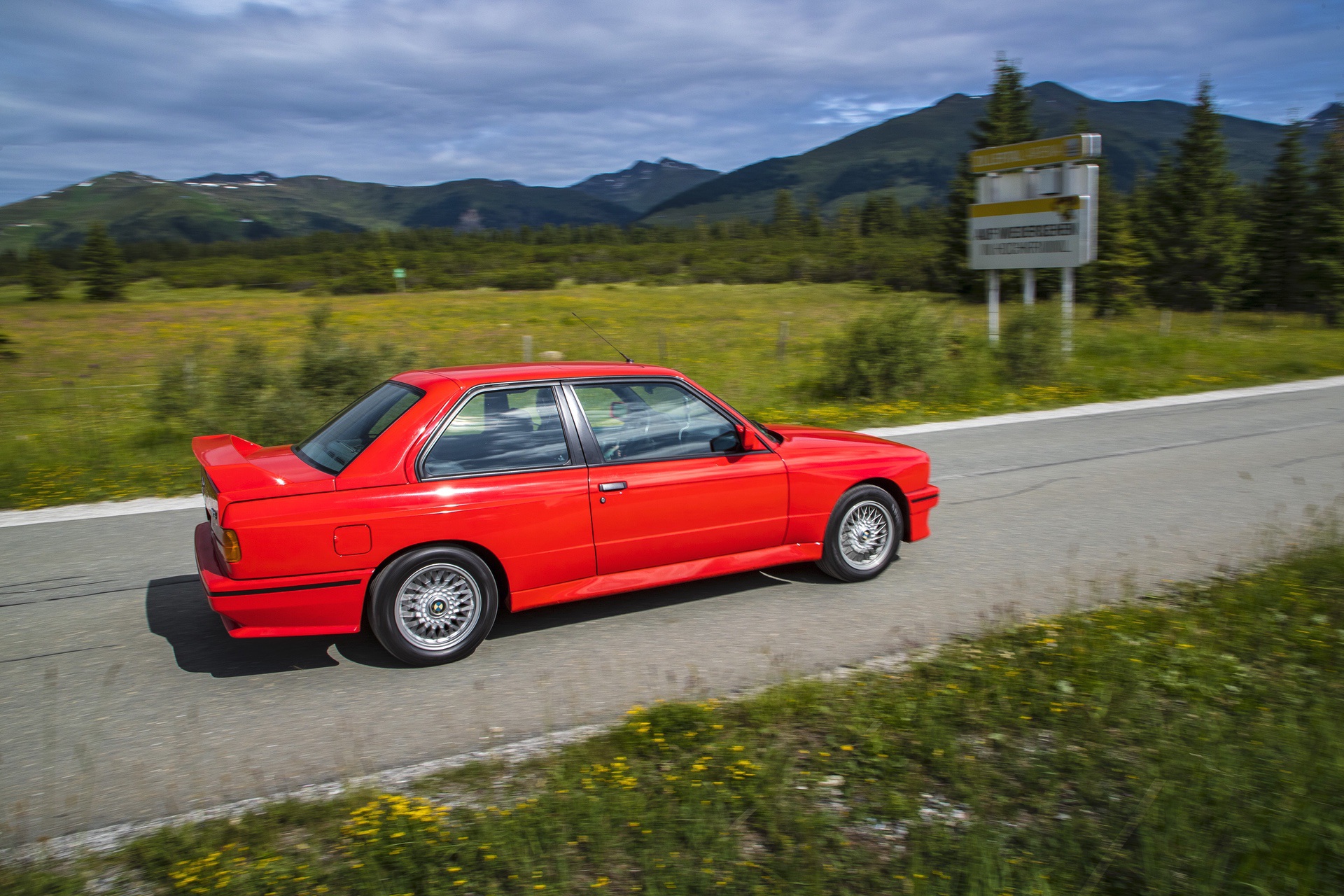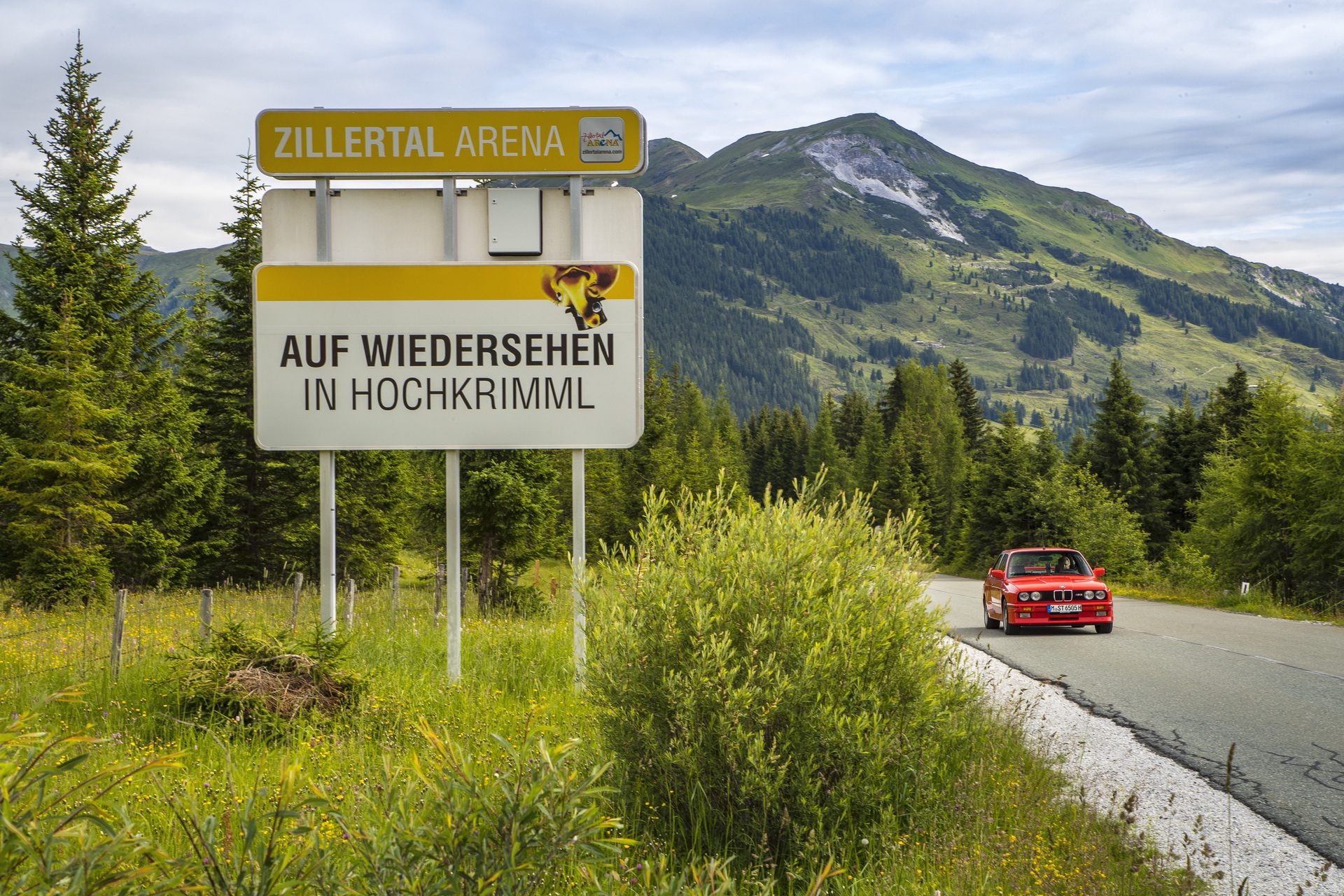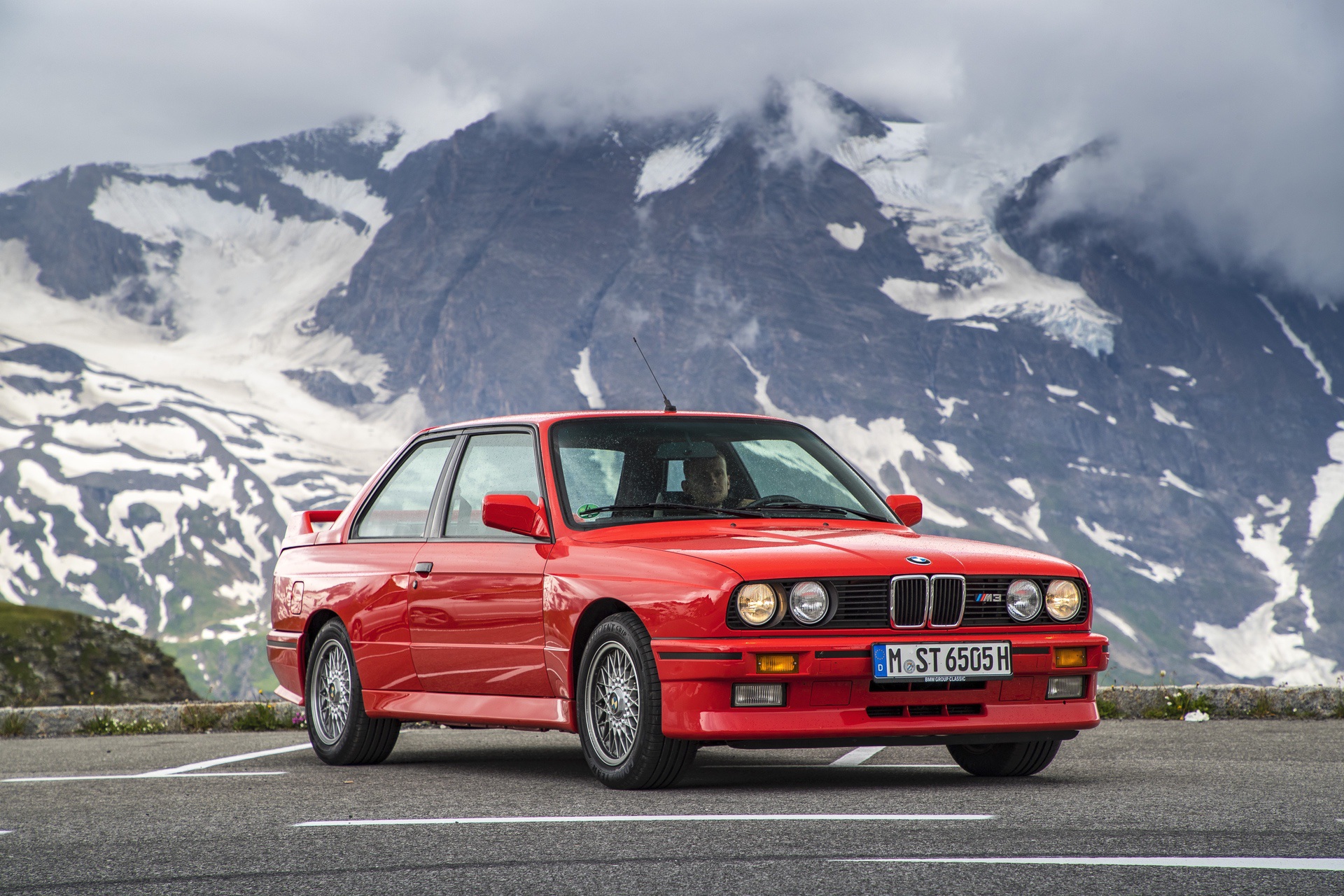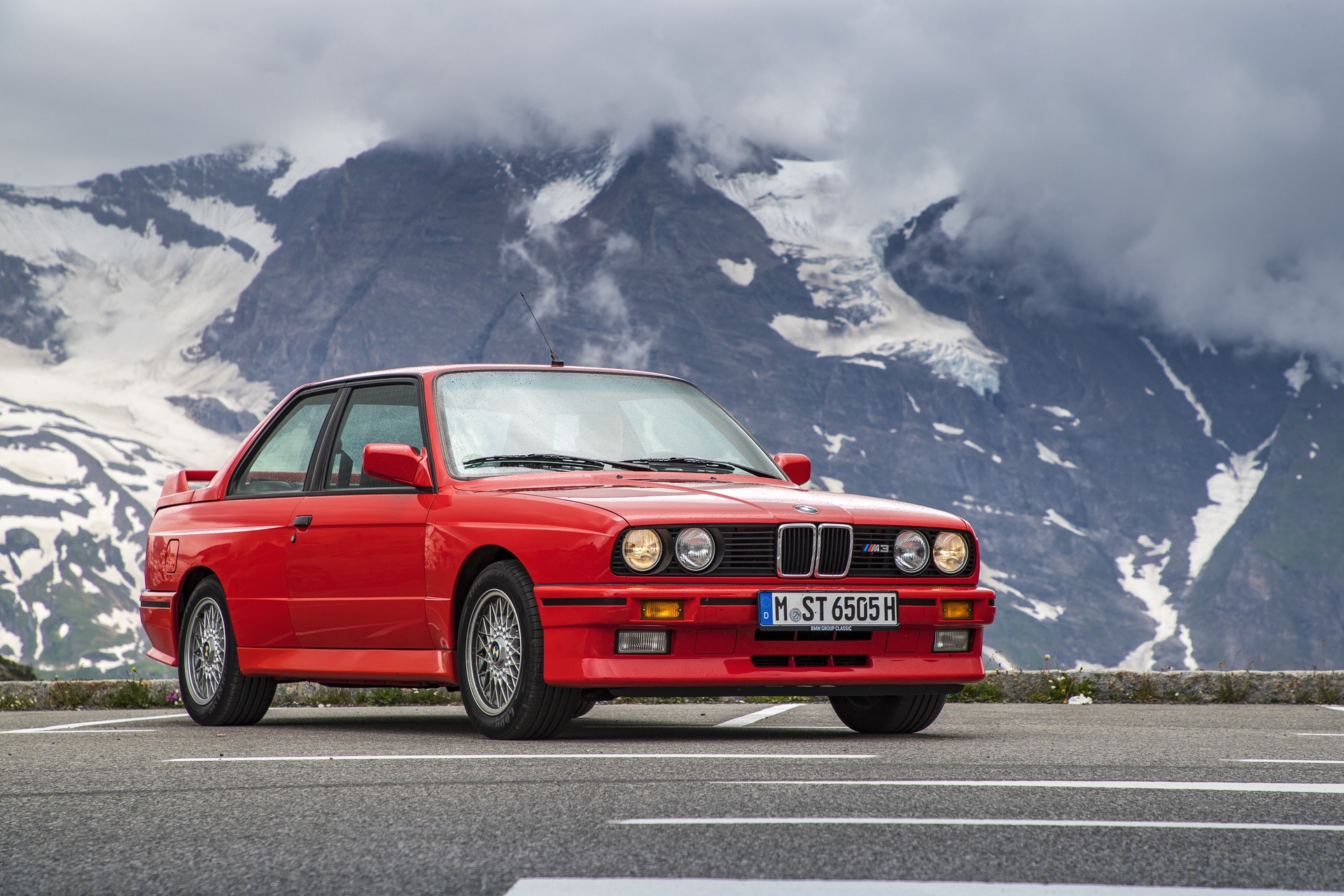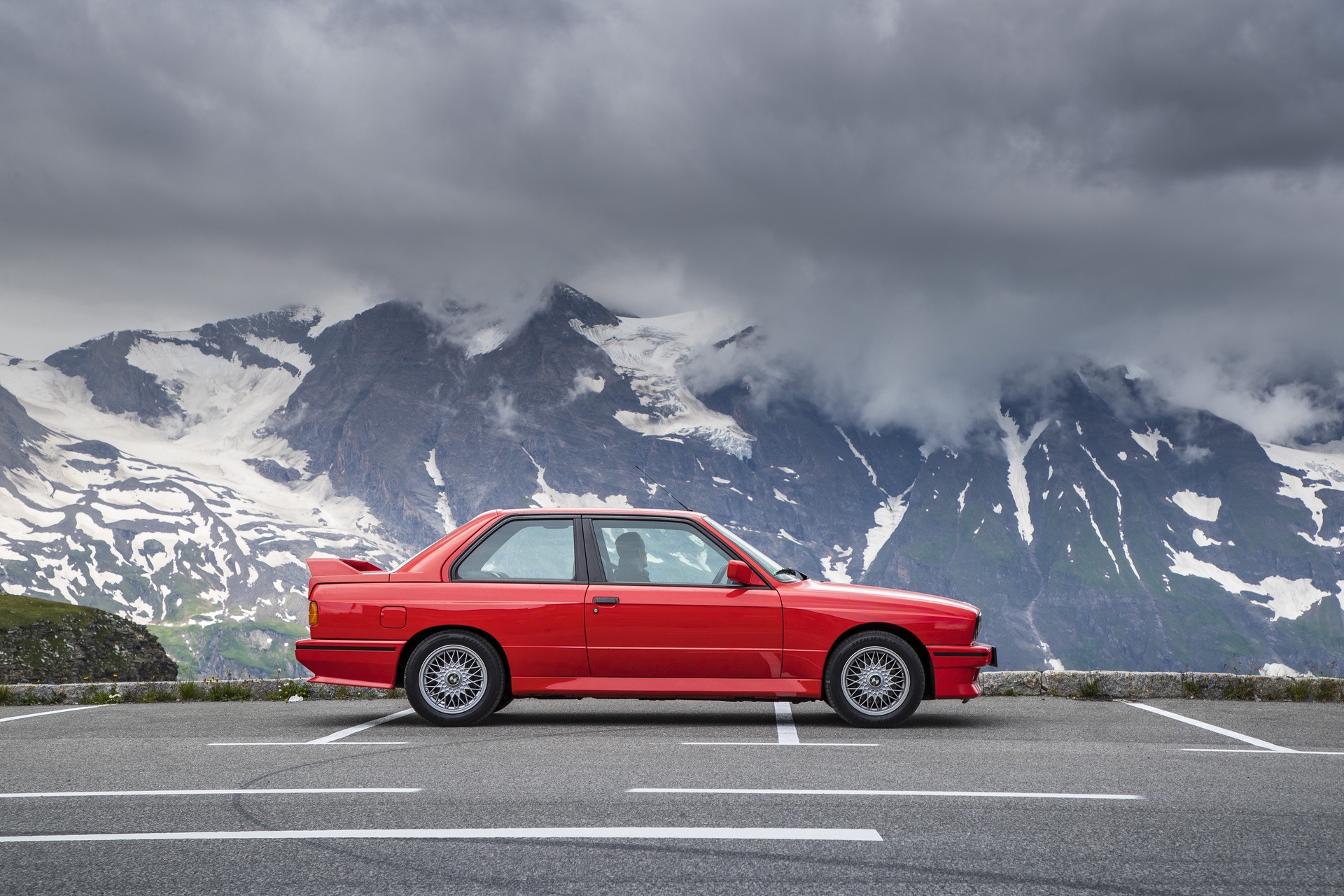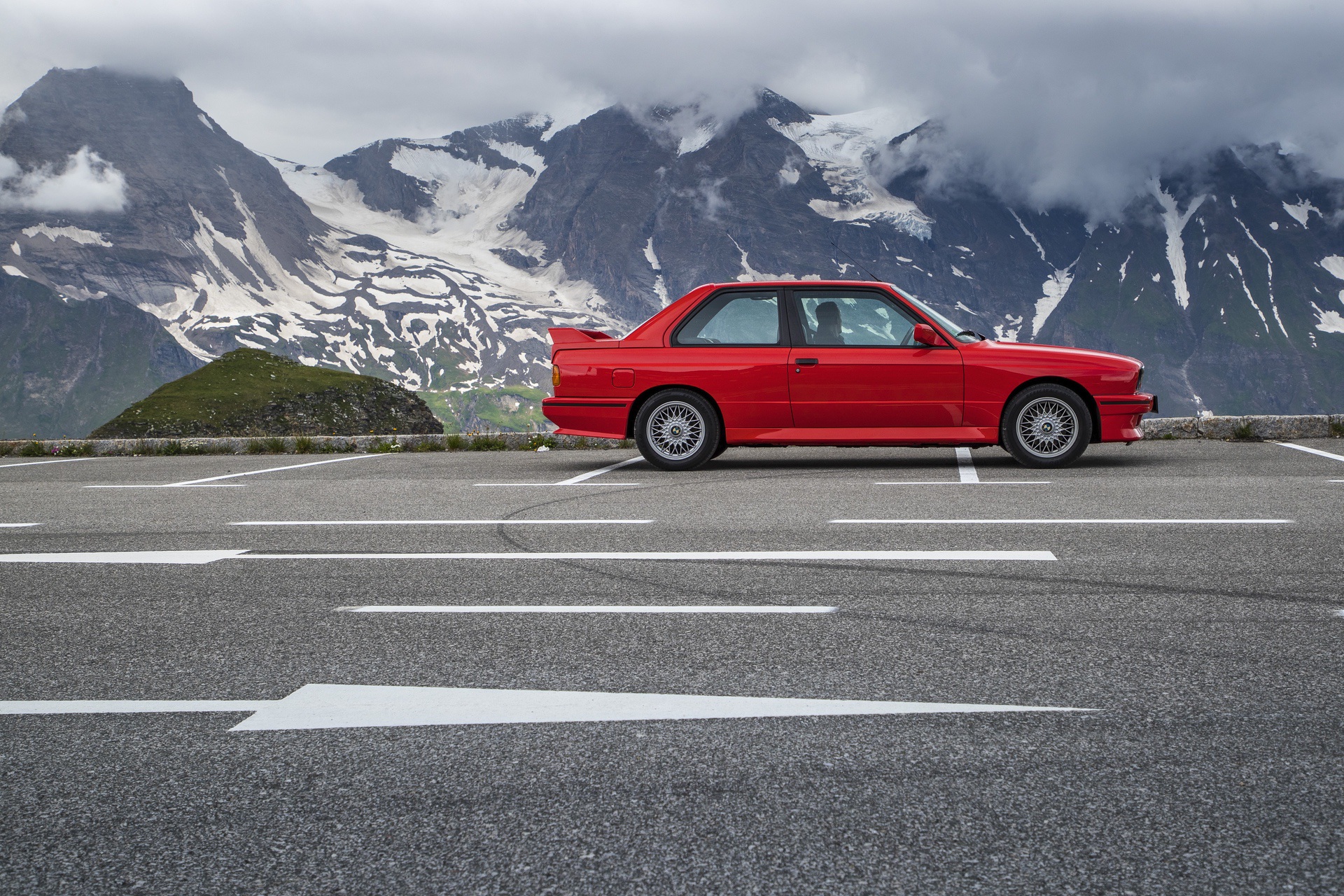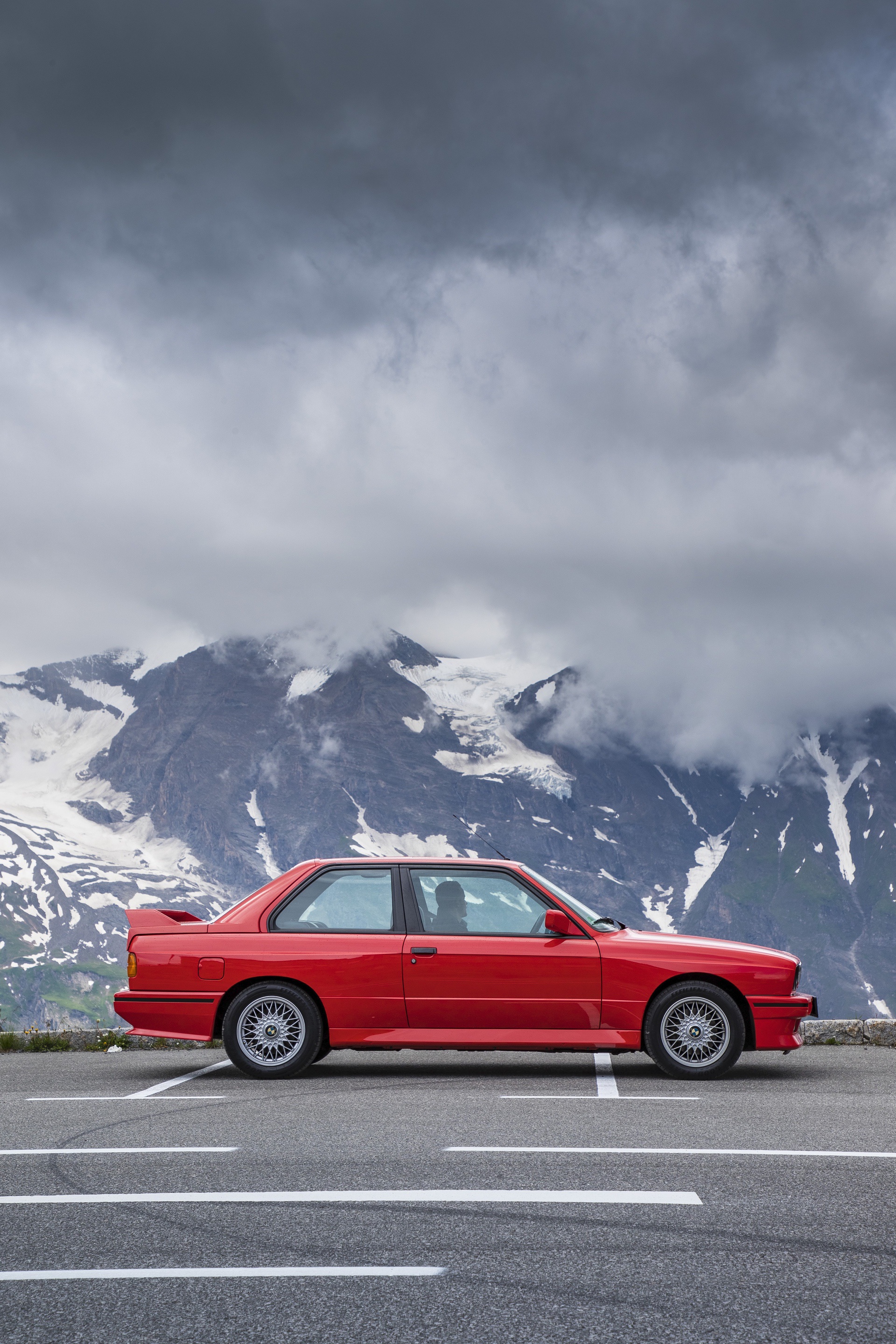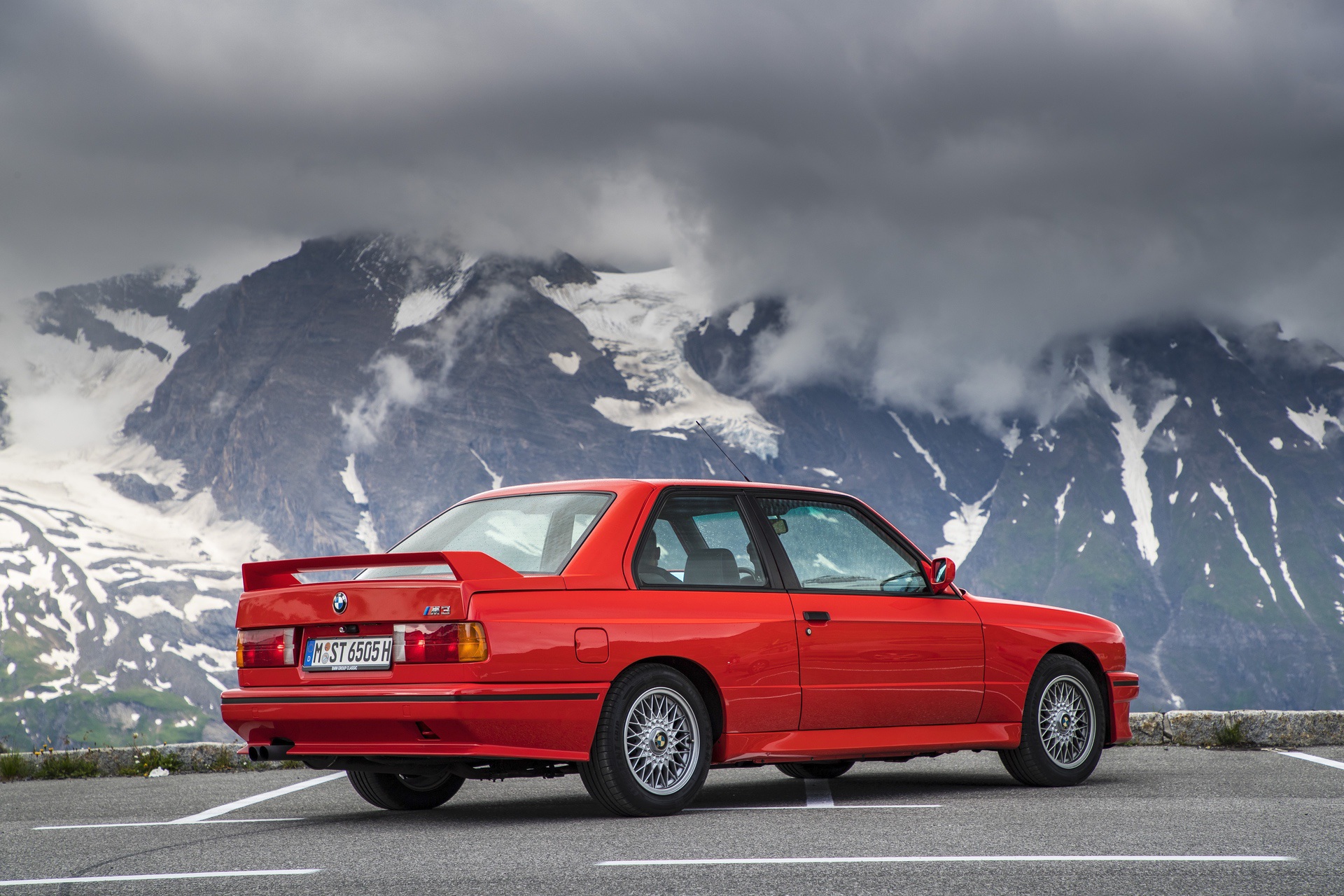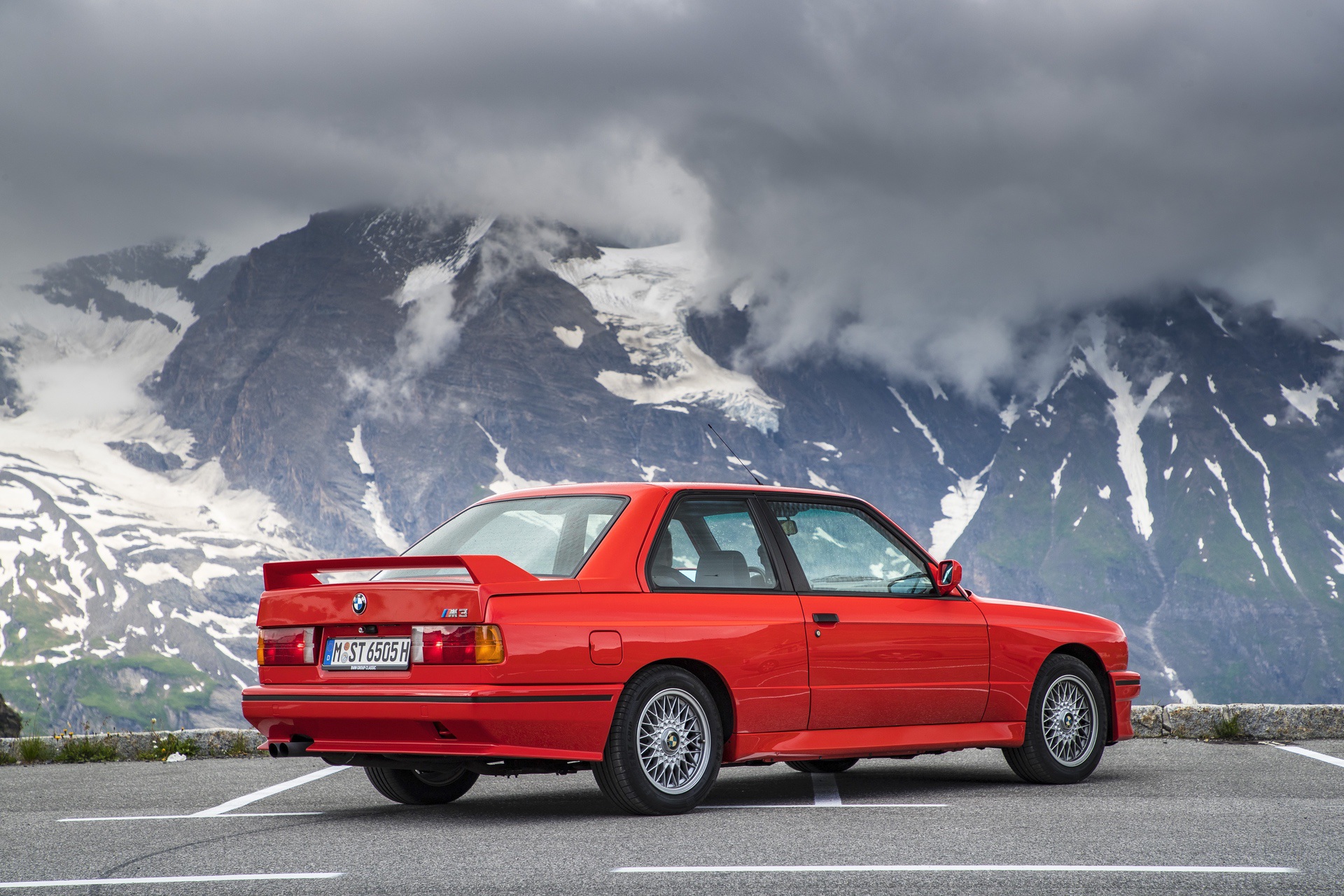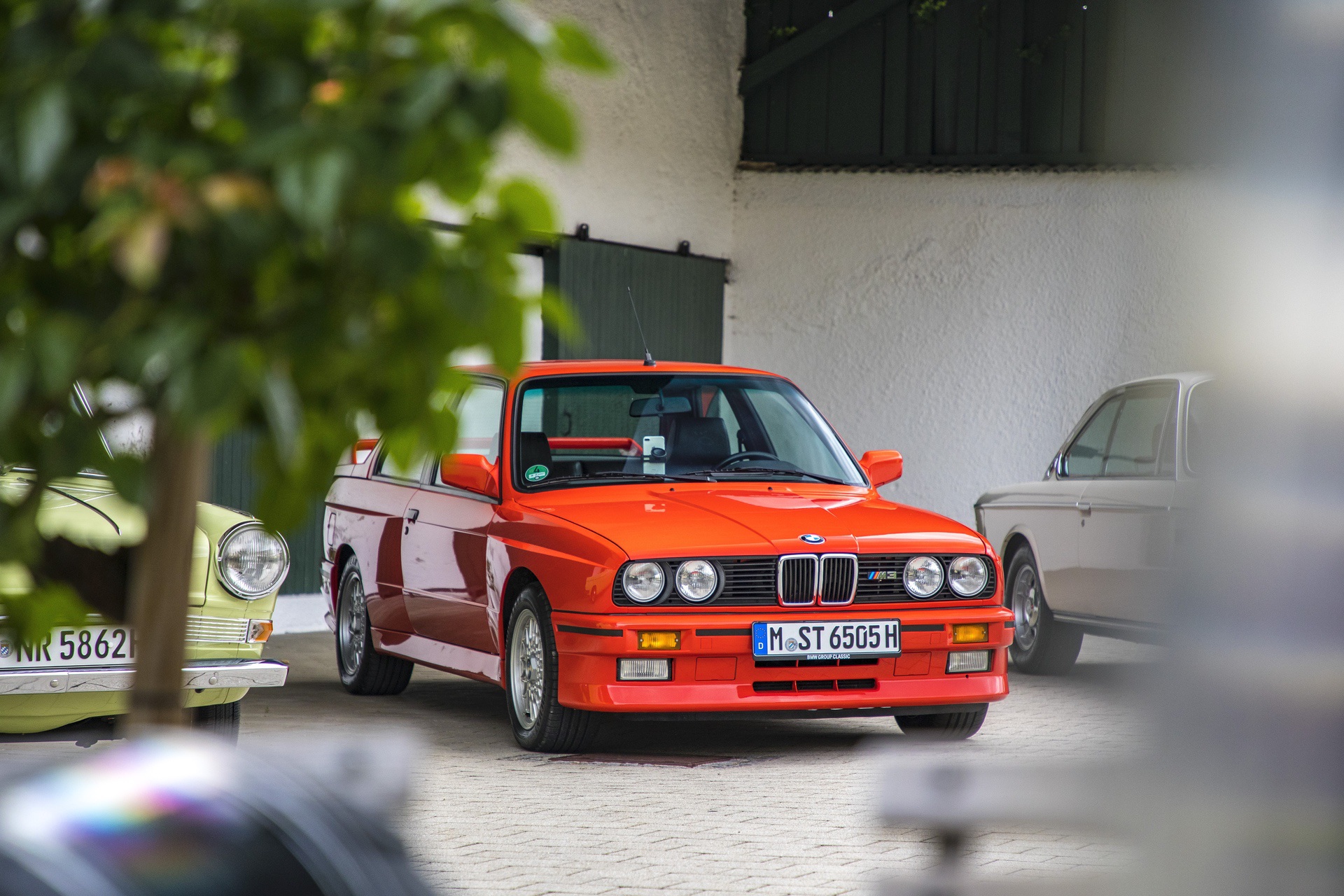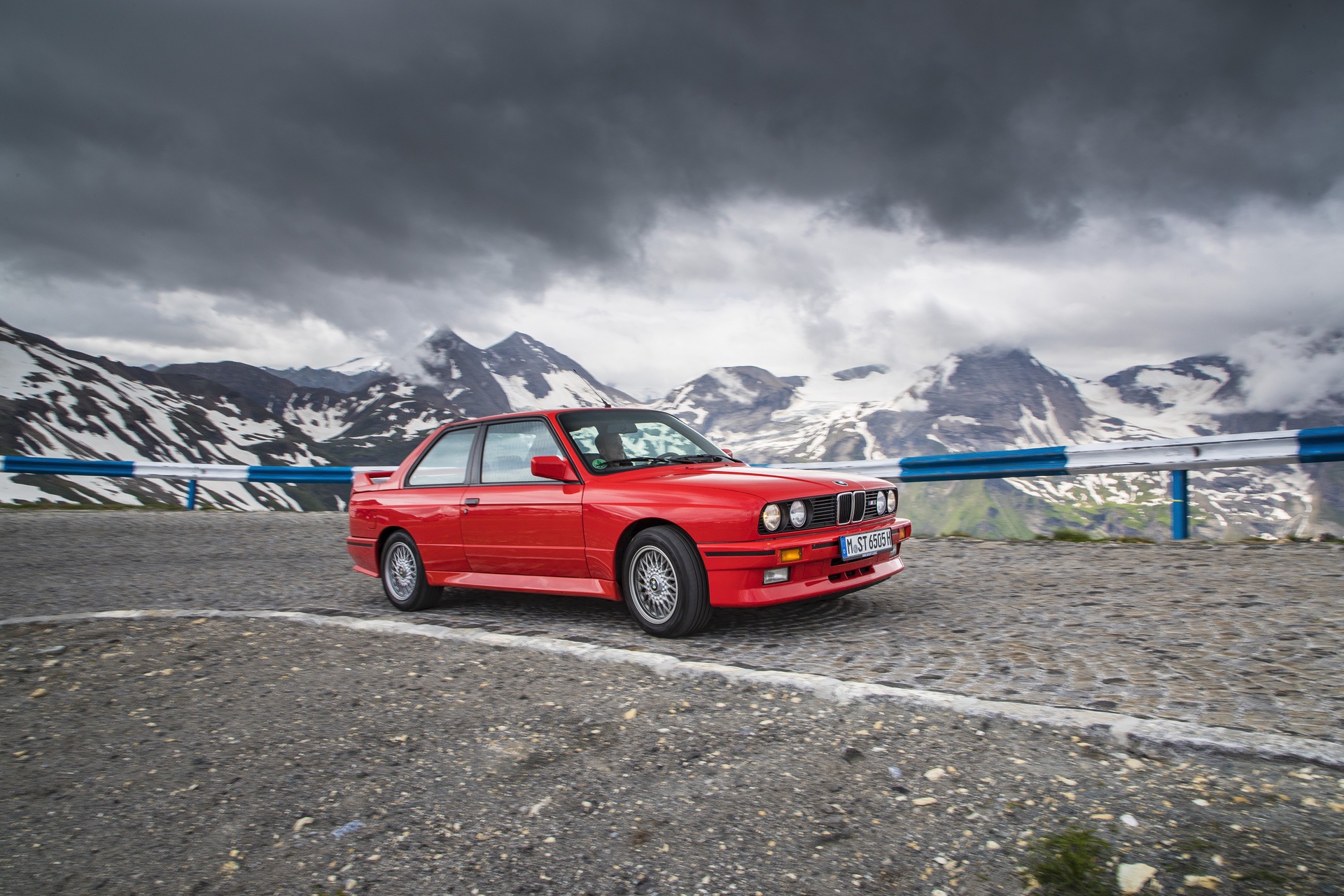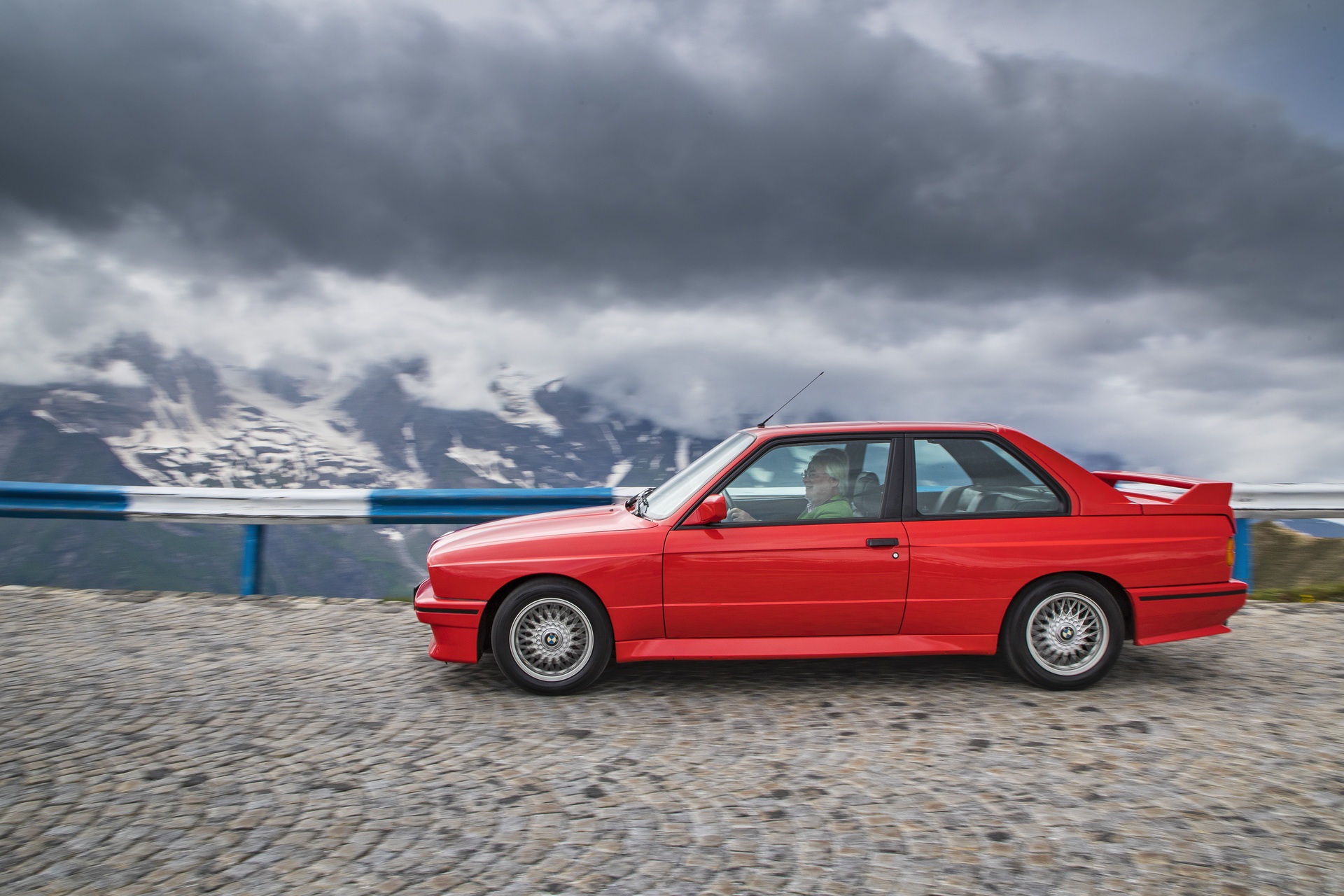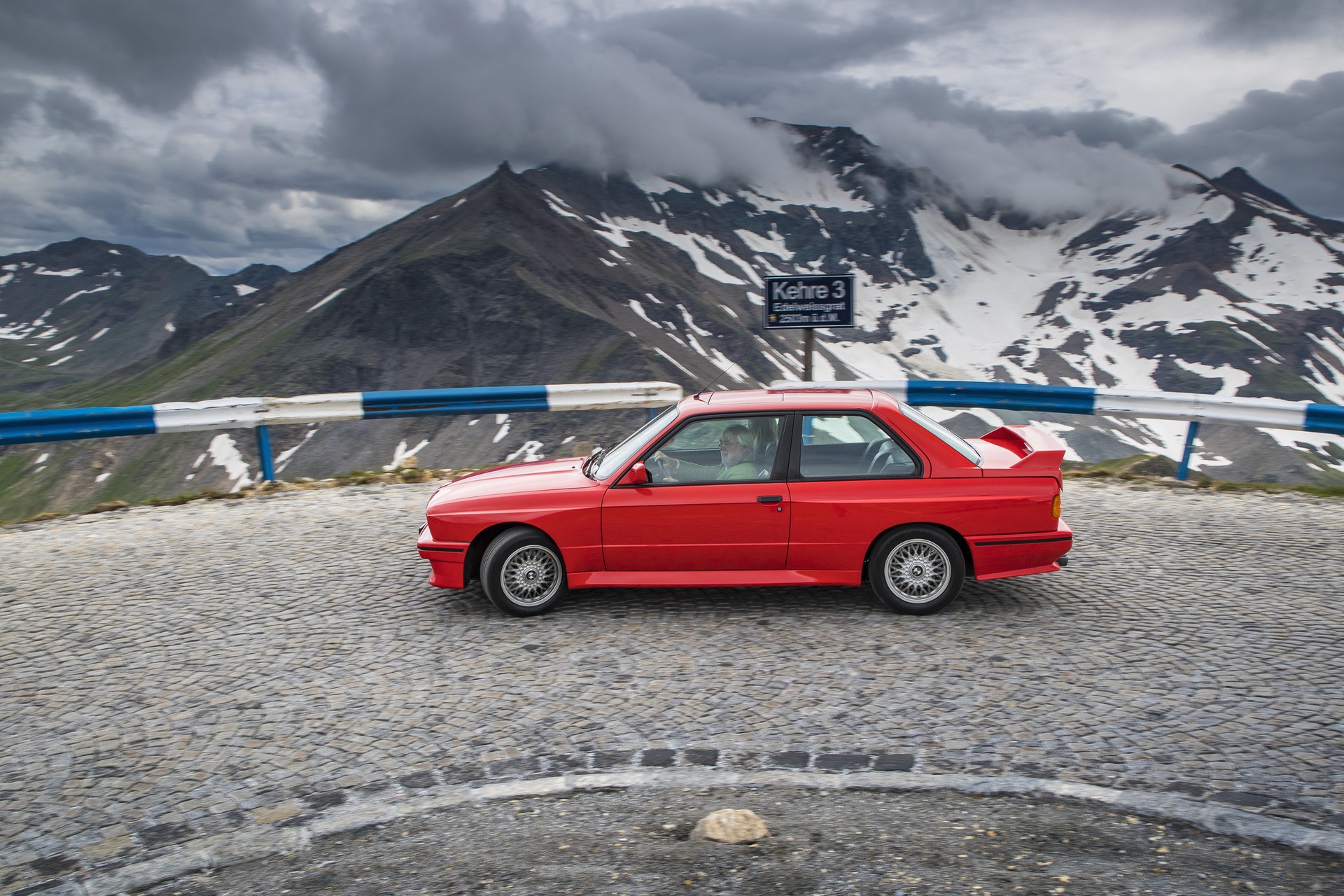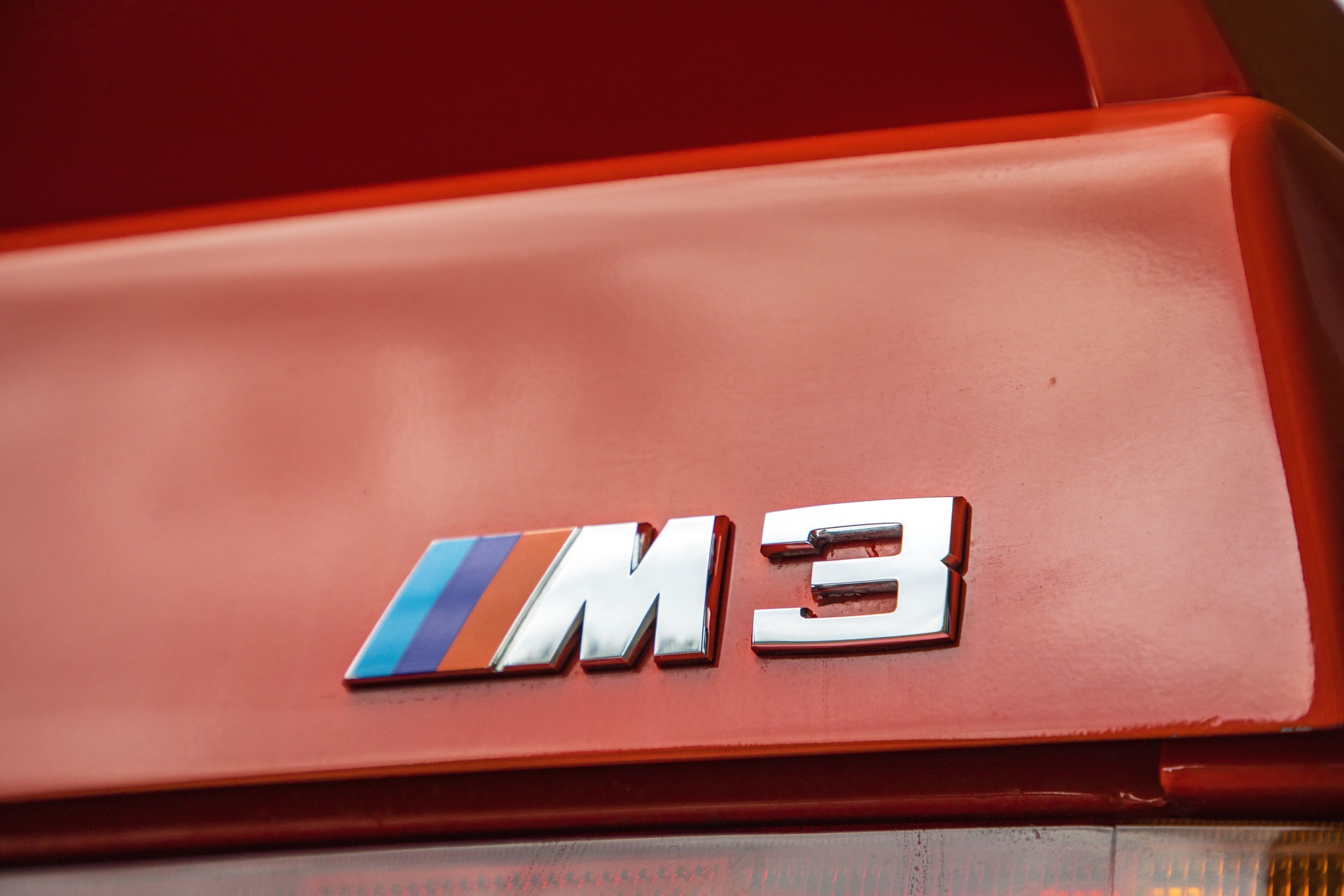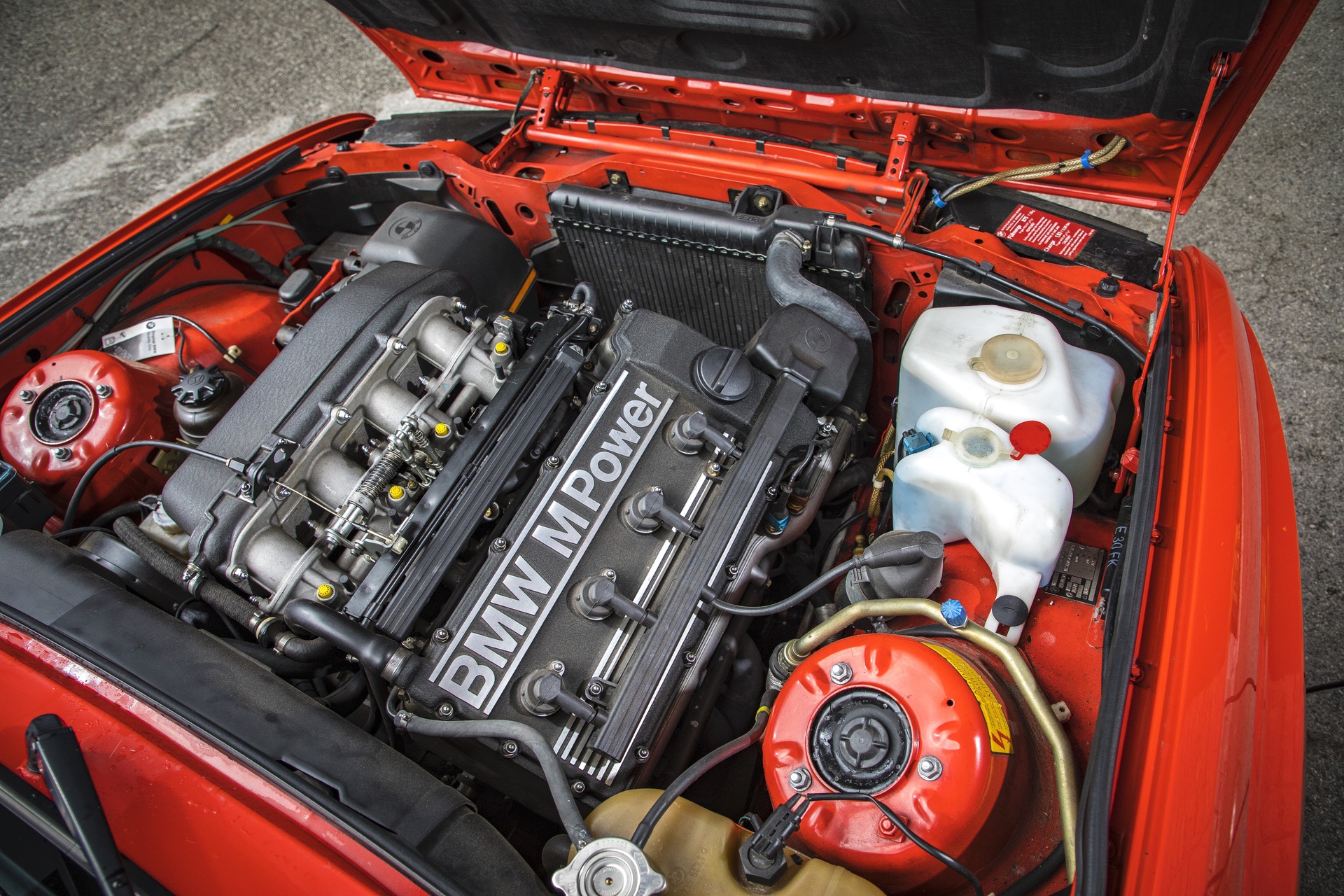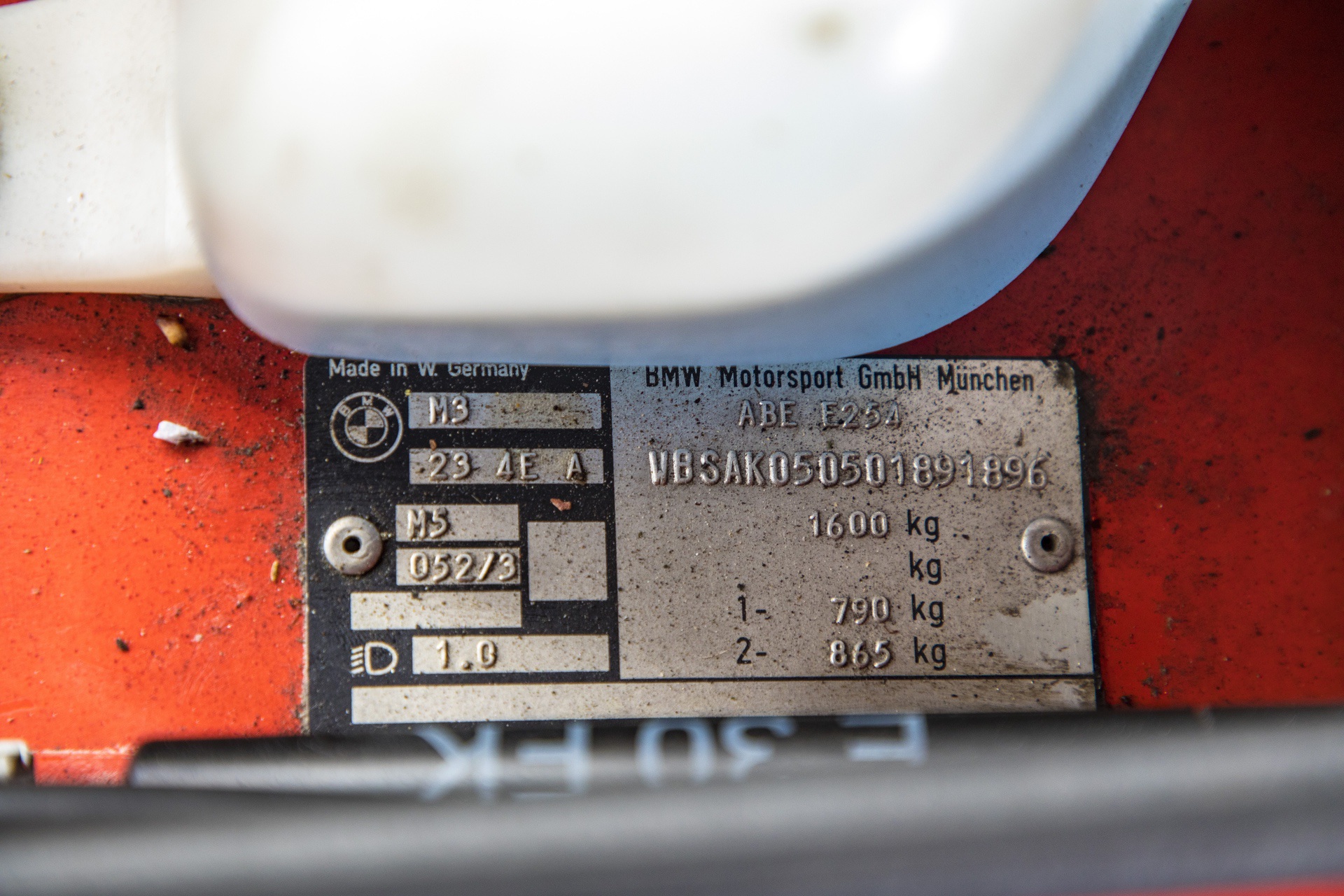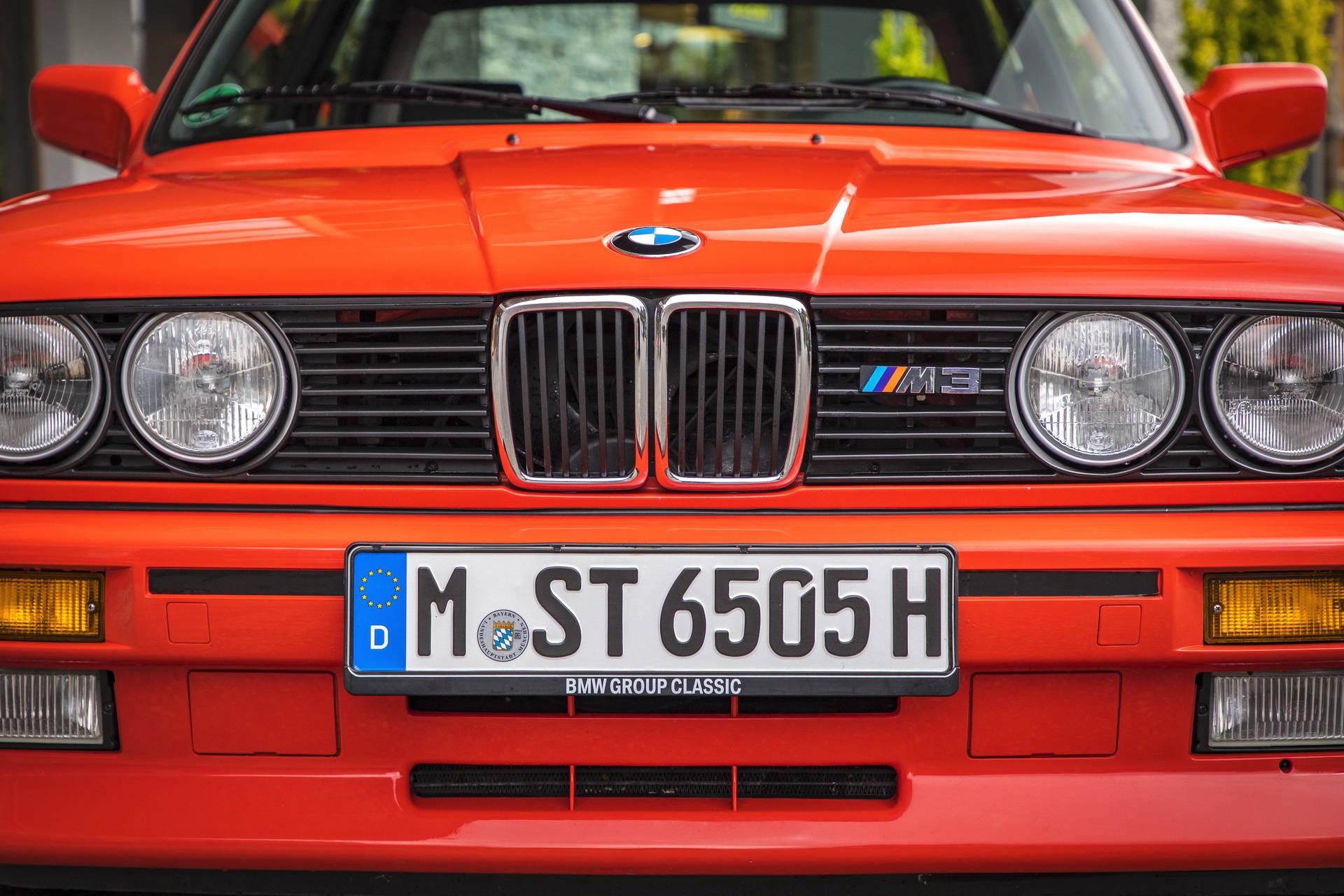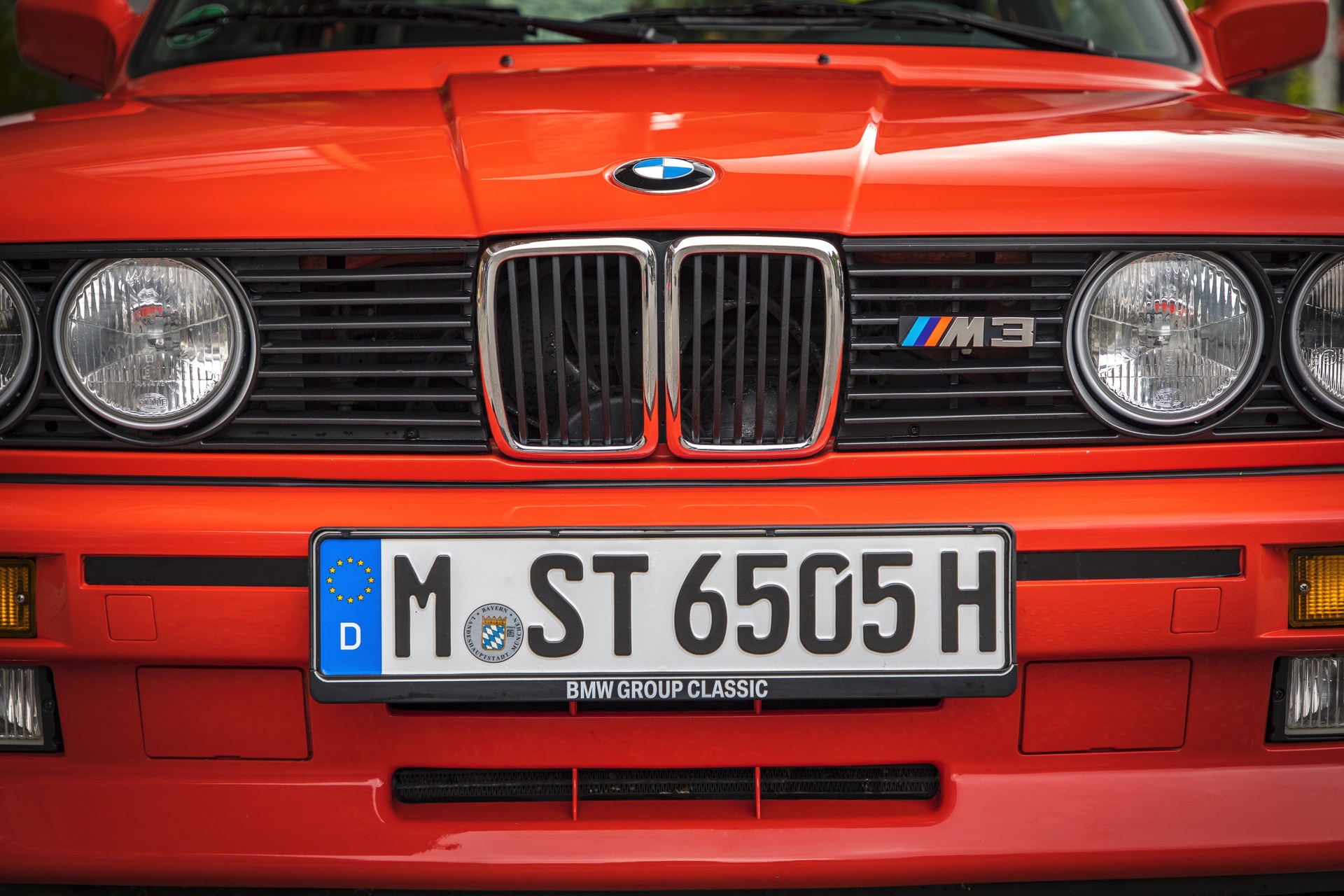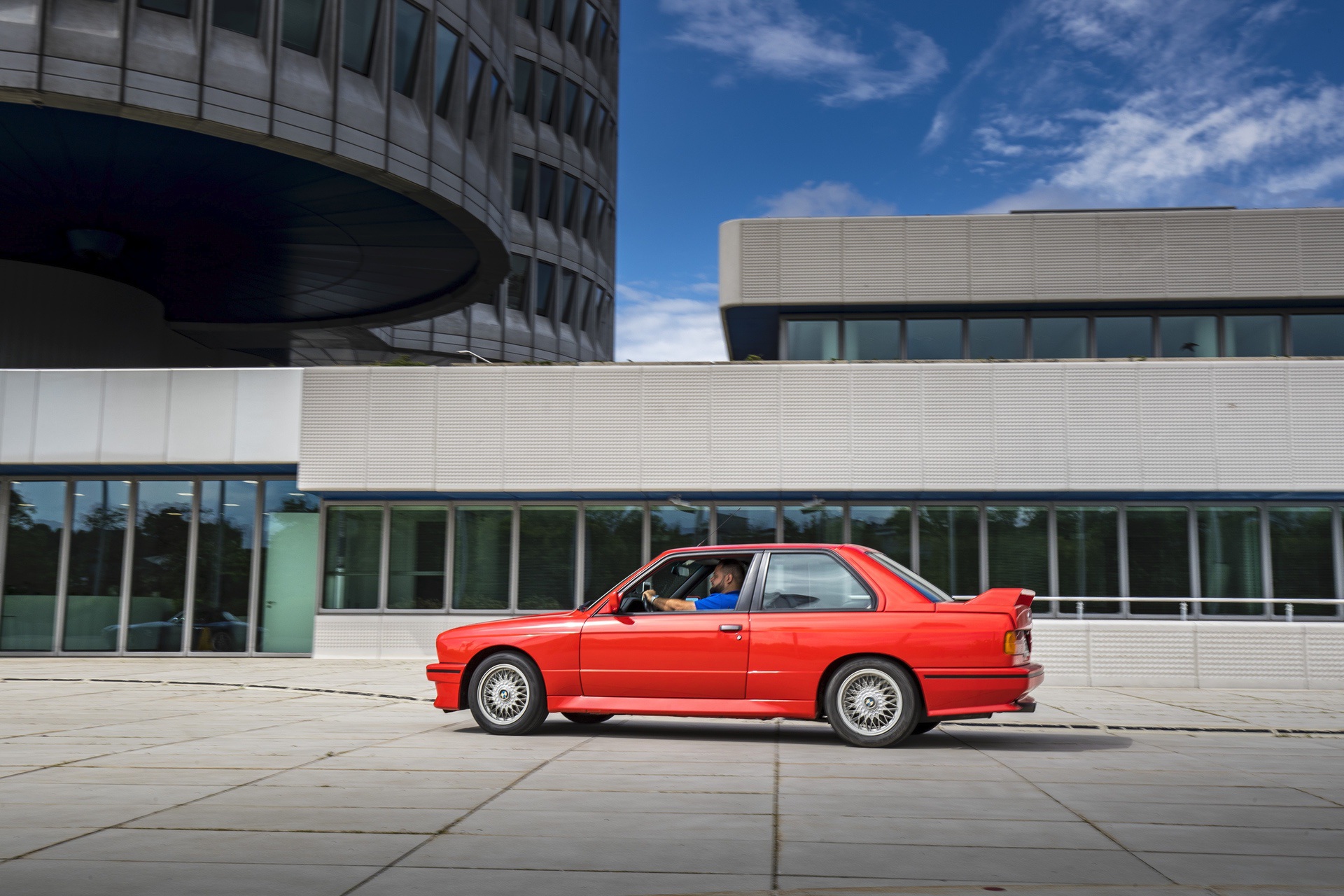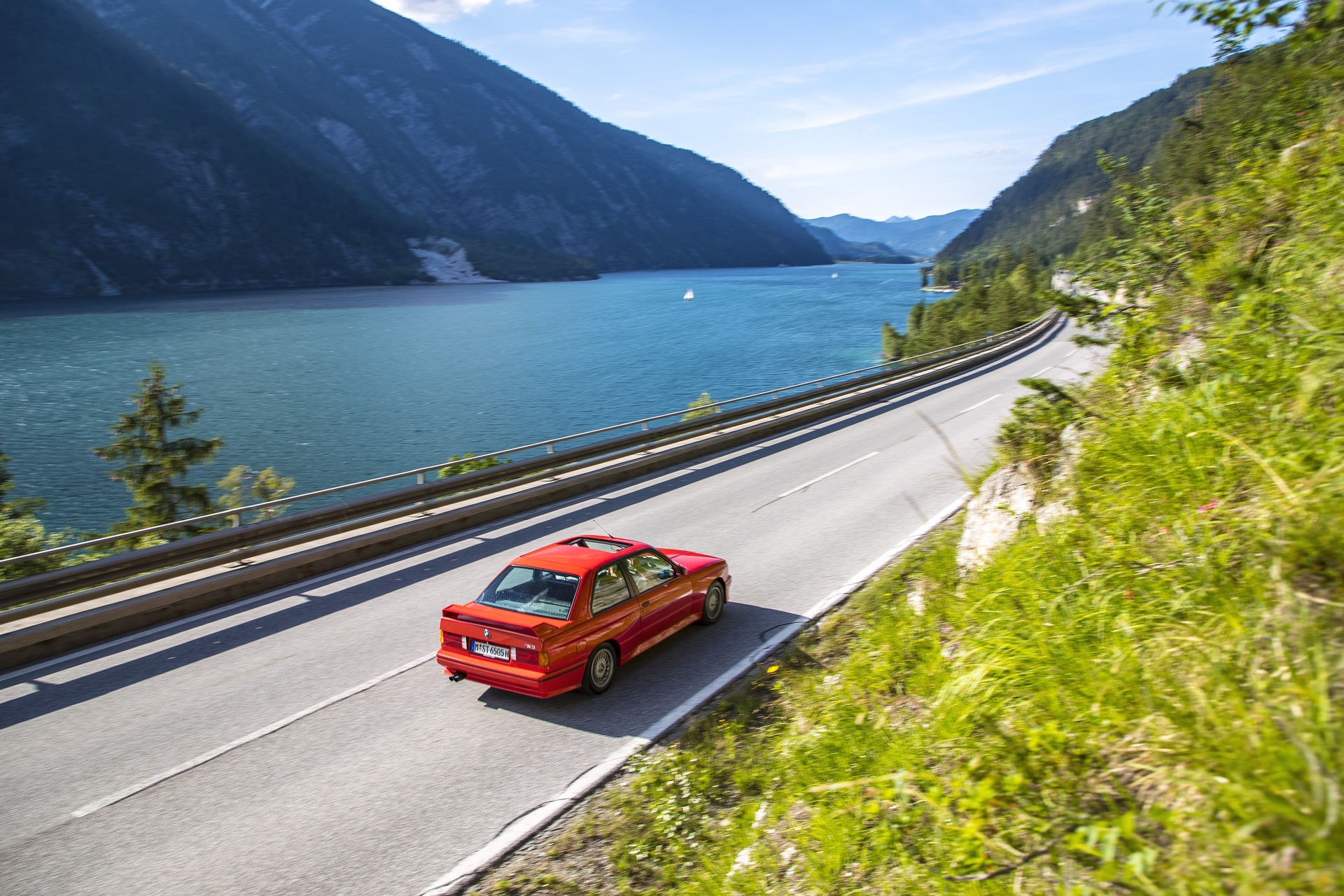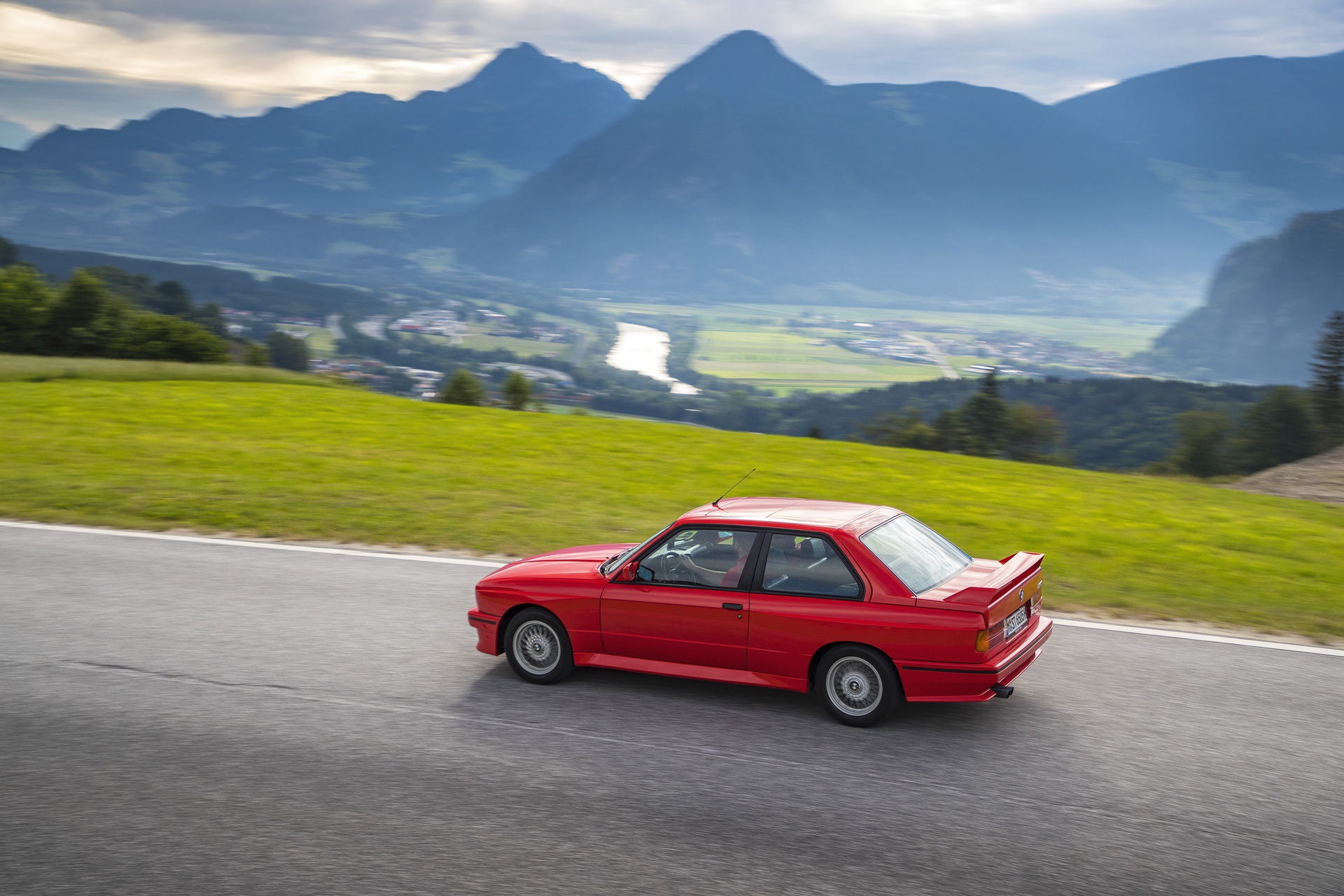Few things are so clear cut and widely known that they need no explanation. Think “Rolls-Royce” for example, the name of the brand becoming synonymous with the best of the best in a certain field. It’s practically the same with the M3 badge. Just say M3 and people will immediately know what it means. And the M3 legend started in the 1980s with the first born, the prelude to the success story BMW has on its hands today, the E30 M3.
Initially, nobody expected the M3 to be such a popular car. BMW built a road-legal version of the M3 just so that it could race in Group A events under FIVA’s regulations. Regulation back then dictated that manufacturers must make and sell 5,000 road-legal cars that were supposed to be quite similar to the racing versions.
This meant BMW couldn’t build the E30 M3 at the BMW M headquarters in Garching, but had to move its production to the Munich factory. That turned out to be a good decision as they ended up making over 17,000 of them in the end. So, people loved it, but how did it fare in Motorsport events?
Well, the E30 M3 became the car with the most wins in Motorsport in history. In the end, it wasn’t just the brilliant engineering behind it, but also the huge drivers talent. In the DTM, the E30 M3 started a battle with another iconic model, the Mercedes-Benz 190E. The wins in the DTM contributed to the sales success and popularity of the M3, but that was only part of the story.
The car was a proper homologation special to begin with. That means, unlike today, when road cars are turned into racing cars, back then the E30 M3 was put together as a road-legal vehicle by adapting the race car to regulations. Thus, the M3 shared only its bonnet with other cars in the 3 Series range.
That’s why, as soon as you lay your eyes on an M3, the fabulous wide wheel arches immediately point to a special model. That was a necessary measure for the race car, so that wider rubber could fit in. There’s also a different angle for the rear window, to allow better airflow going under the massive spoiler. The wing sits on a boot lid that’s 1.5 inches higher than usual.
Those are the usual giveaways and our tester showed its massive hips from the get go, flattered by the red paint on it. Looks are definitely a killer on this car, as it created the idea behind corona rings with its round headlights and squareish front-end.
It defined an entire era and still looks absolutely stunning today.
However, as you may very well suspect, there’s more essence to this car. Under that standard hood hides the so-called S14 2.3-liter four-cylinder engine you’ve heard so much about. Its iron block was derived from the legendary M88 engine you could spot inside the BMW M1. The solution was adopted by BMW to save costs and it turned out great.
If you’re a fan of the S14 you probably heard the myth that its name came from the 14 minutes/hours/days that it took to built it. But none of that is true, as BMW Classic representatives told me. It’s just a codename, get over it.
Yet it does seem weird that this is not a straight six mill, doesn’t it? Well, apparently the decision had a logic behind it as Paul Rosche, the brilliant engineer in charge of BMW engines. He decided it would be lighter and rev higher if this was to be a 4-cylinder, which would help on the race track.
Said and done!
But it’s not just a different body and engine that made the M3 the winningest car in the world. The suspension is roughly identical in terms of layout to the standard car with McPherson struts and semi-trailing arms. However, the M3 got wider tracks, front anti-roll bars linked to the struts, a stiffer rear anti-roll bar, three times more steering caster angle and shorter, stiffer springs with uprated dampers. Connecting the engine to the rear wheels was a Getrag dog-leg pattern gearbox that did take a little while to get used to.
Did all those changes work? Approaching this car on a mountain pass, with the keys in my hand, I had so many questions in my mind. You have to understand that, even though I’ve been writing about BMWs for almost 7 years now, driving an E30 M3 was still on my bucket list. They are rare and expensive and you simply don’t come by one just like that. Therefore, this was a moment to remember.
Getting in you are immediately stunned at just how small it feels. The seats are absolutely perfect and just wrap their side bolsters around you as if saying “welcome.” Everything is analogue and it feels like it was all done just to cater to your needs. All is functional in there and at the reach of your fingertips. The pedals and lined up perfectly for heel and toe and the gearshift lever is perfectly in my reach.
I just couldn’t ask for a better layout.
As you set out you need to constantly remind yourself that: Firstly, you’re not dreaming. Secondly, you’re driving a car with a dogleg gearbox. It goes take some getting used to it, especially if you’re on slow roads, where first gear is used more often than not. We were in the Austrian Alps so we did have to go all the way down to first a couple of times. Once you got used to it, it’s time to have some fun.
What hits you first is just how composed and yet comfortable this car is. I expected the suspension to be stiff and my back’s worst enemy, but it truly wasn’t. I presumed that would be the case because I had heard just how balanced the car is in the corners. I simply couldn’t imagine a way of having both comfort and control in a car without a rock-hard suspension. I was wrong. I don’t know what kind of magic the engineers breathed into this car but it was just perfect in terms of ride quality, not too firm and not too flabby in the corners, without adaptive damping.
Just marvelous.
Then there’s the steering, another surprise as I expected it to be pretty heavy. It’s light and not only that but it’s also razor sharp and provides copious amounts of feel through your fingertips. It could’ve been shorter from stop to stop but it weights up and speeds up nicely as you go faster and I guess that’s why at slower speeds it may seem a bit slow.
And the steering has a lot to do with how this car feels overall. Because of its brilliant balance and the light nose, the E30 M3 doesn’t really feel rear-wheel drive most of the time. It’s curious but it feels neutral in most situations while the front end dominates most of the experience. That’s what surprised me the most as the nose seemed to have limitless grip at all speeds, simply carrying the rest of the car through the corners.
The front-end is just beautifully balanced through the corners and turns this M3 into a really accurate car to drive to the limit. The rear-end will step out if you ask it to, but you’ll have to go to huge lengths to do so. If you think about it, since the E30 M3 was built based on the race car that dominated the DTM, it makes sense that it would be set up this way.
After all, winning races requires balance and grip, not just on the rear-end but on the front axle as well. Since the M3 wasn’t the most powerful car in the ring, it had to outmaneuver its rivals and you do that by having a really sharp front-end. And then, as the front-end hooks up, you can just play with the rear as much as you want to. It’s really clever. It’s amazing how that transpires in these cars even today.
Being behind the wheel it feels like the M3 is really small and, by today’s standards, it really is. You have thin pillars all around you and visibility is great as is the technology inside. For the 1980s, this car had plenty going for it on the tech front, from an on-board computer to electric windows all around and even a cassette magazine and other things that transformed this into a premium offering. And you can feel the build quality as well, as everything is just solid to the touch and has a fail-safe, in case technology let you down.
By modern standards, the E30 M3 is a slow car. 0-60 takes over 6 seconds, which is what a warm hatch would do these days but you need to understand that’s not the point. If you were to compare a modern car to it, you’d be simply left gawking at the differences in terms of feel.
It’s amazing just how much feedback comes through the steering wheel and the chassis altogether. It’s analogue at its best and you simply can’t beat it. Just go around a corner in the M3 and you’ll notice that it leans a bit. Not a problem because all you need to do is lift your left foot for a millisecond and the nose simply tucks in, allowing you to adjust the trajectory with the throttle.
Everything you do while driving this car has an immediate effect on its behavior, something that has seemingly disappeared from modern cars today. How can you get to experience that today? It will cost you six-figures but if you do get a chance to get a BMW E30 M3, don’t hesitate as there’s a reason why the M3 badge is so revered, as I finally found out.




